LG OLED B4 is an exceptionally versatile device in the semi-premium category. For how else can you describe an OLED television that is so well-priced, and whose price, as history shows, will quickly drop? Perfect blacks and contrast are two things that inevitably hypnotise, and we are sure that anyone who has ever owned a device with this panel will not be able to return to LCD units. The brightness results of the TV in HDR content may seem quite low, however, in this case, due to such a panel, they will appear optically much higher. It is worth noting their stability and uniformity in practically every scene. In this case, a minor downside is the brightness of full-frame content filled with a lot of white. However, we do not consider this a serious issue, as there are not many such instances. The factory colour reproduction also deserves praise, which in our unit is quite decent, but one cannot help but recall the beneficial effect calibration had on the image, allowing the director's intentions to be conveyed in full. LG B4 will be an excellent choice for all sorts of gamers, as well as sports fans. The former will certainly appreciate the rich support in the form of all the conveniences arising from the HDMI 2.1 standard. Meanwhile, the latter will enjoy the advanced motion smoother with multi-level adjustment. And finally, it is impossible not to mention the convenience resulting from the remote control with a built-in gyroscope, which allows it to function like a mouse. The WebOS system, which we will navigate, is incredibly smooth and responsive. It offers a multitude of applications that will be more than sufficient for the vast majority of users. The heart of the LG B4 TV is the advanced Alpha processor, which is responsible for image smoothness and advanced signal analysis. In summary: who is the LG OLED B4 for? It is the perfect device for those expecting the highest possible image quality within a given budget, but not only that. The LG B4 clearly stands out from the competition at its price point, which cannot offer such high-quality image in this price range.
- Matching (Score)
- Our verdict
- TV appearance
- Where to buy
- Contrast and black detail
- HDR effect quality
- Factory color reproduction
- Color reproduction after calibration
- Smoothness of tonal transitions
- Image scaling and smoothness of tonal transitions
- Blur and motion smoothness
- Console compatibility and gaming features
- Input lag
- Compatibility with PC
- Viewing angles
- TV efficiency during daytime
- Details about the matrix
- TV features
- Apps
- Playing files from USB
- Sound
LG 55 B4 vs Hisense U7Q PRO
Direct compare
B46 / B42 / B43
U7Q PRO / U78Q PRO


Panel type: WRGB OLED
Resolution: 3840x2160
System: WebOS
Model year: 2024
Complete the survey to find out the result

Panel type: LCD VA
Resolution: 3840x2160
System: VIDAA
Model year: 2025
Complete the survey to find out the result

Overall rating
8.1
7.4
Movies and series in UHD quality
8.1
7.2
Classic TV, YouTube
8.8
7.1
Sports broadcasts (TV and apps)
8.6
6.7
Gaming on console
9.3
8.3
TV as a computer monitor
7.6
8.2
Watching in bright light
5.7
6.2
Utility functions
9.0
9.4
Apps
8.7
7.7
Sound quality
7.1
7.8
Complete the survey to find out what fits your preferences
Advantages
Reference colour reproduction after calibration
Very good image compliance with the director's intentions
Excellent compatibility with consoles and PCs
Advanced motion smoothing system
Deep and vivid image
Developed WebOs system and "mouse" remote
Excellent contrast and black - true Mini-LED backlighting with VA panel (65")
Very good motion fluency - 4K@165 Hz panel
Very high HDR brightness - even above 1500 nits
Perfect for gaming - Low input lag, VRR, ALLM, 4x HDMI 2.1, 288Hz at 1080p.
Vidaa operating system has many features like Airplay, USB recording
Outstanding quality of tonal transitions
Disadvantages
Visible tonal transitions
No support for HGiG
Average viewing angles
Missing apps on the VIDAA platform
Our verdict
The U7Q PRO is a TV that makes it clear within minutes: "speed is what matters here". Hisense has surprised us with how much they’ve packed into a device that doesn’t cost a fortune. A refresh rate of 165 Hz in 4K, and even 288 Hz in Full HD – not long ago, such figures were reserved exclusively for top-end gaming monitors. And here we have a mid-range TV with almost a full suite of features for gamers, confidently throwing down the gauntlet to much pricier competitors. But it doesn’t stop at speed. The U7Q PRO also boasts a very bright screen, peaking at an impressive 1500 nits. Like every Mini-LED, it has its typical "moods", occasionally exaggerating the image, but the overall visual effect remains very positive – especially in HDR content. It’s also worth mentioning the Vidaa operating system – fast, intuitive and equipped with features like AirPlay, a voice assistant, and a web browser. While it doesn’t offer the full range of apps found on Android, in everyday use the system performs exceptionally well. So, why is it “almost” perfect for gamers? It just lacks the HGiG feature, which allows for precise adjustment of brightness levels in HDR games. It’s a minor drawback, but it can be significant for console purists. Nevertheless, the U7Q PRO remains a very solid proposition – and a testament to the fact that Chinese manufacturers have not only caught up with competitors from Korea and Japan, but in some aspects have even begun to overtake them.
TV appearance




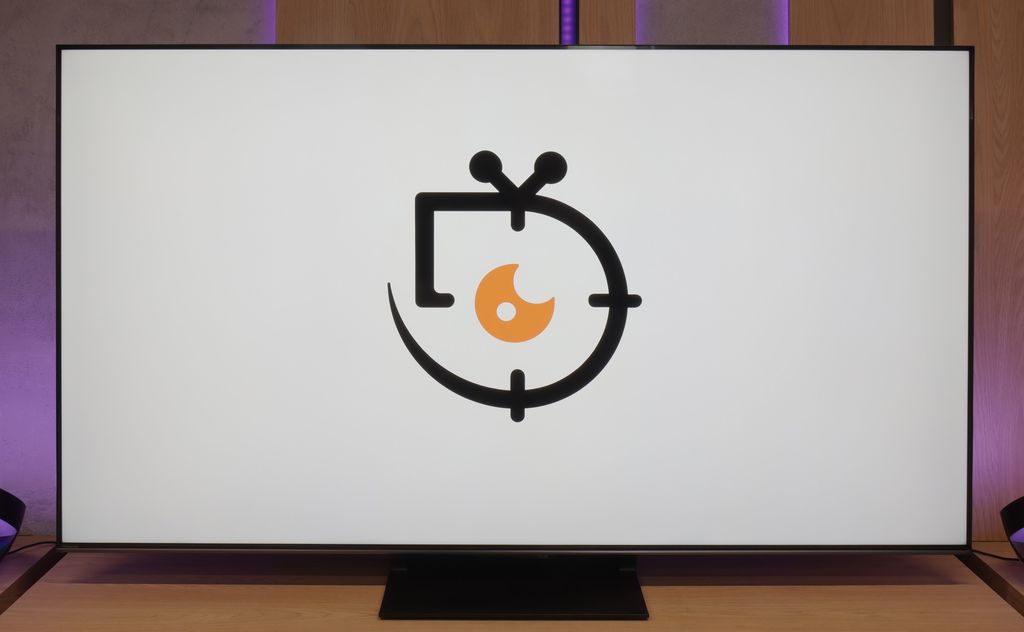
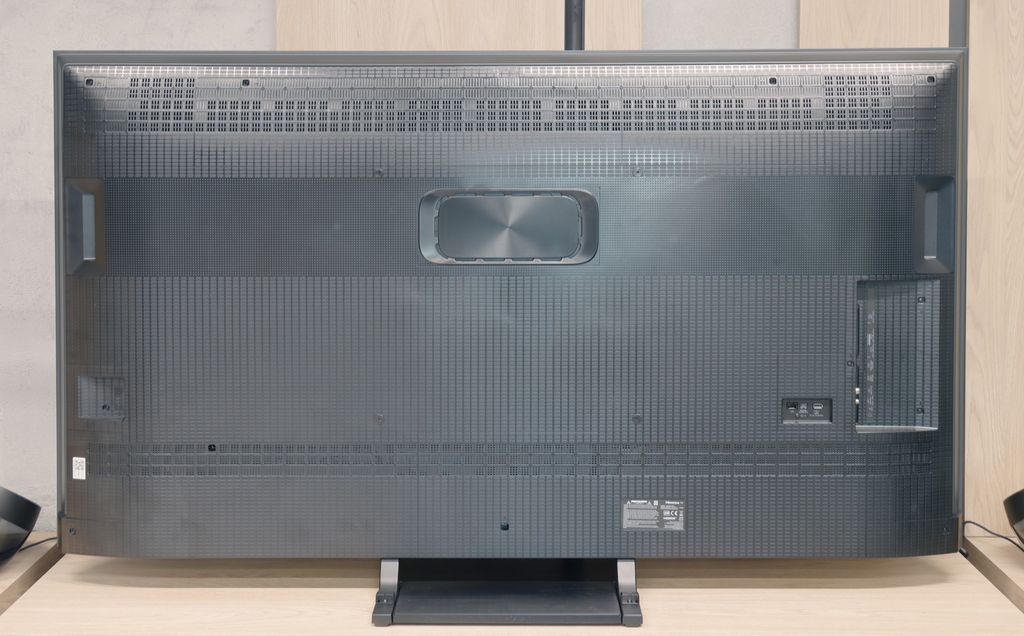
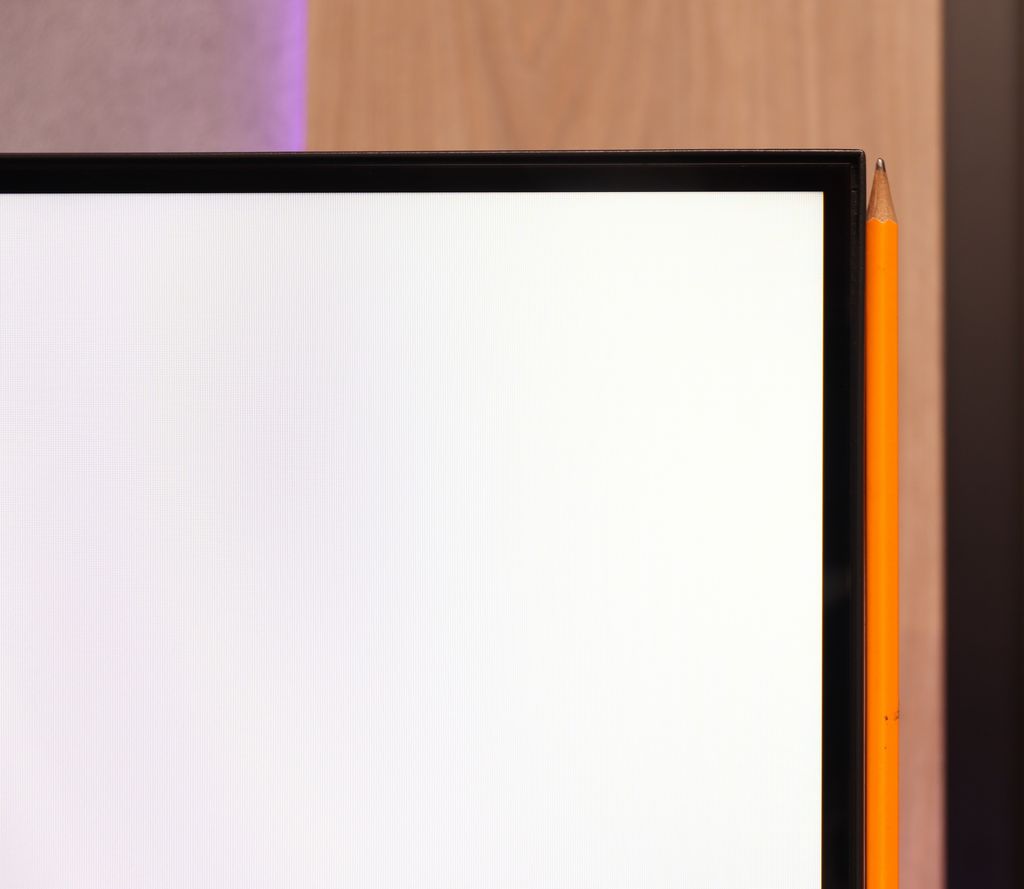

Contrast and black detail
10/10
8/10
Local dimming function: Yes, number of zones: 560 (20 x 28)
Contrast:

Result
∞:1

Result
∞:1

Result
∞:1

Result
∞:1

Result
∞:1

Result
340,000:1

Result
62,850:1

Result
42,000:1

Result
11,100:1

Result
7,500:1
Halo effect and black detail visibility:

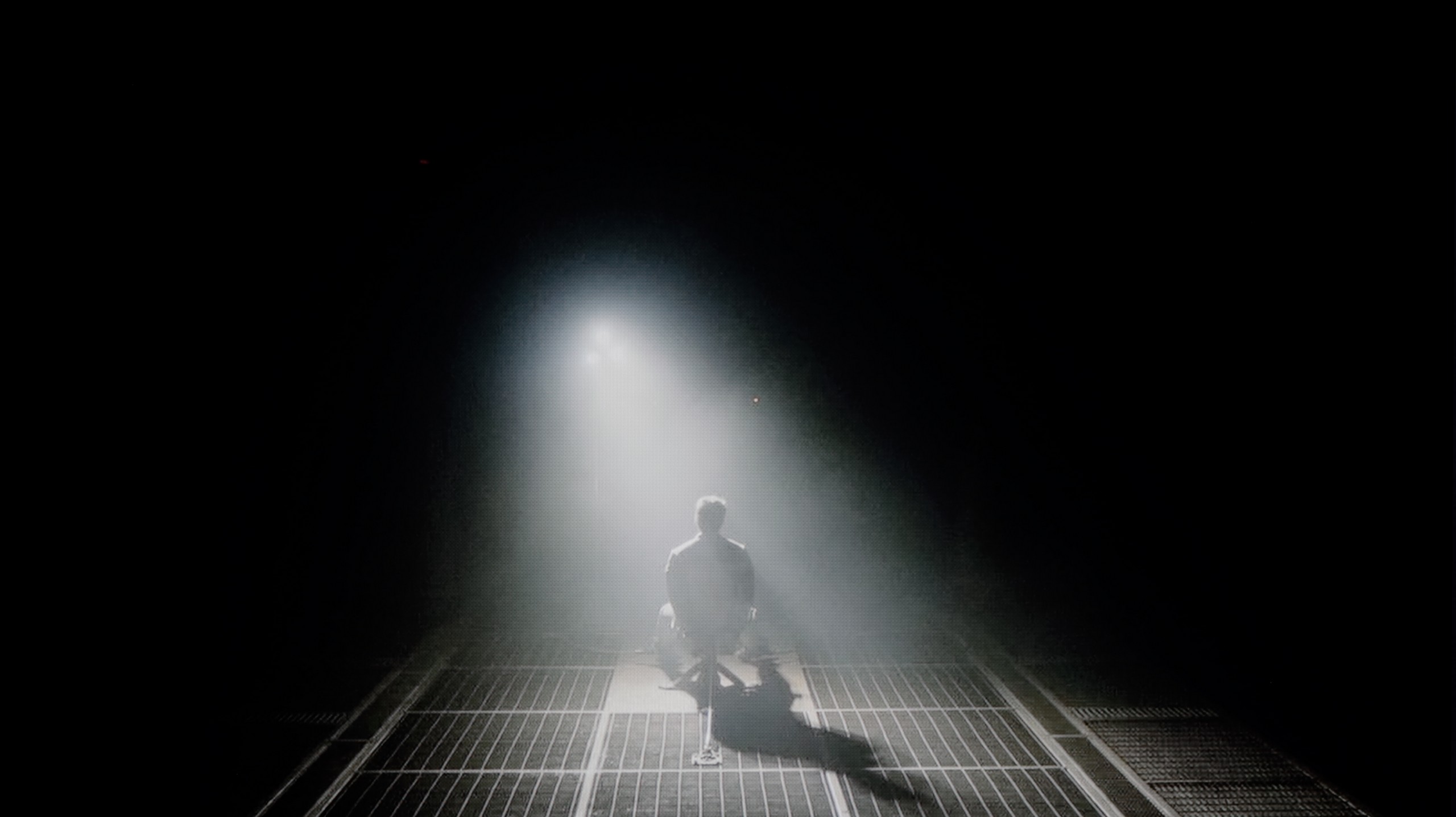
LG B4 uses OLED panels produced by LG Displays. The use of this type of panel gives us perfect contrast and black levels. Thanks to these conditions, the image is incredibly three-dimensional, almost as if it were three-dimensional. The manufacturer's series with the letter "B" has always been the ideal solution for those seeking very good image quality while not wanting to pay extra for features that are only available in higher series. Therefore, these models have been somewhat of a dark horse in this price range, as their competitive pricing primarily allowed them to compete with Mini LED televisions. It’s not hard to say that these models have won these battles due to the absence of characteristic flaws found in LCD receivers with multi-zone backlighting, such as blooming/halo effects or dimming of images with fine bright details. And as we can see in the test scenes from the films "Oblivion" and "Sicario 2," the image quality stands at the highest level. Looking at the first one, we see a spectacular play of lights that, despite their brightness, are perfectly separated from each other. Even the more difficult scene with the helicopter poses no problem for LG B4, showcasing a wealth of detail and the specific colour grading characteristic of this title.
Hisense U7Q PRO is a mini-LED television with a VA panel and – in the version we tested, 65 inches – 560 local dimming zones. It's worth noting straight away that this number varies depending on the size – larger diagonals get more zones, while smaller ones get fewer accordingly. But regardless, the dimming system itself works really solidly here.
The contrast is genuinely very good for the price range in which this model is placed. In optimal conditions, the U7Q PRO can achieve results close to six-figure values, which until recently was reserved for much higher-end equipment. In practice – in scenes like the one from the film Oblivion – the picture looks stunning. With the lights on in the room, it's hard at first glance to distinguish this TV from organic screens. Of course, it’s still an LCD with local dimming, so compromises are unavoidable. In more challenging scenes, where there are many small light sources, the U7Q PRO tends to dim too aggressively. Instead of a slight degradation of black – some details that should be visible disappear. This is a side effect of the algorithm, which firmly adheres to the principle of “black should be black,” even at the expense of subtle elements in the picture.
But nonetheless – contrast is one of the stronger points of this model.
HDR effect quality
6.3/10
6/10
Luminance measurements in HDR:

Result
664 nit

Result
650 nit

Result
677 nit

Result
662 nit

Result
410 nit

Result
1129 nit

Result
323 nit

Result
721 nit

Result
267 nit

Result
736 nit
Scene from the movie “Pan” (about 2800 nits)

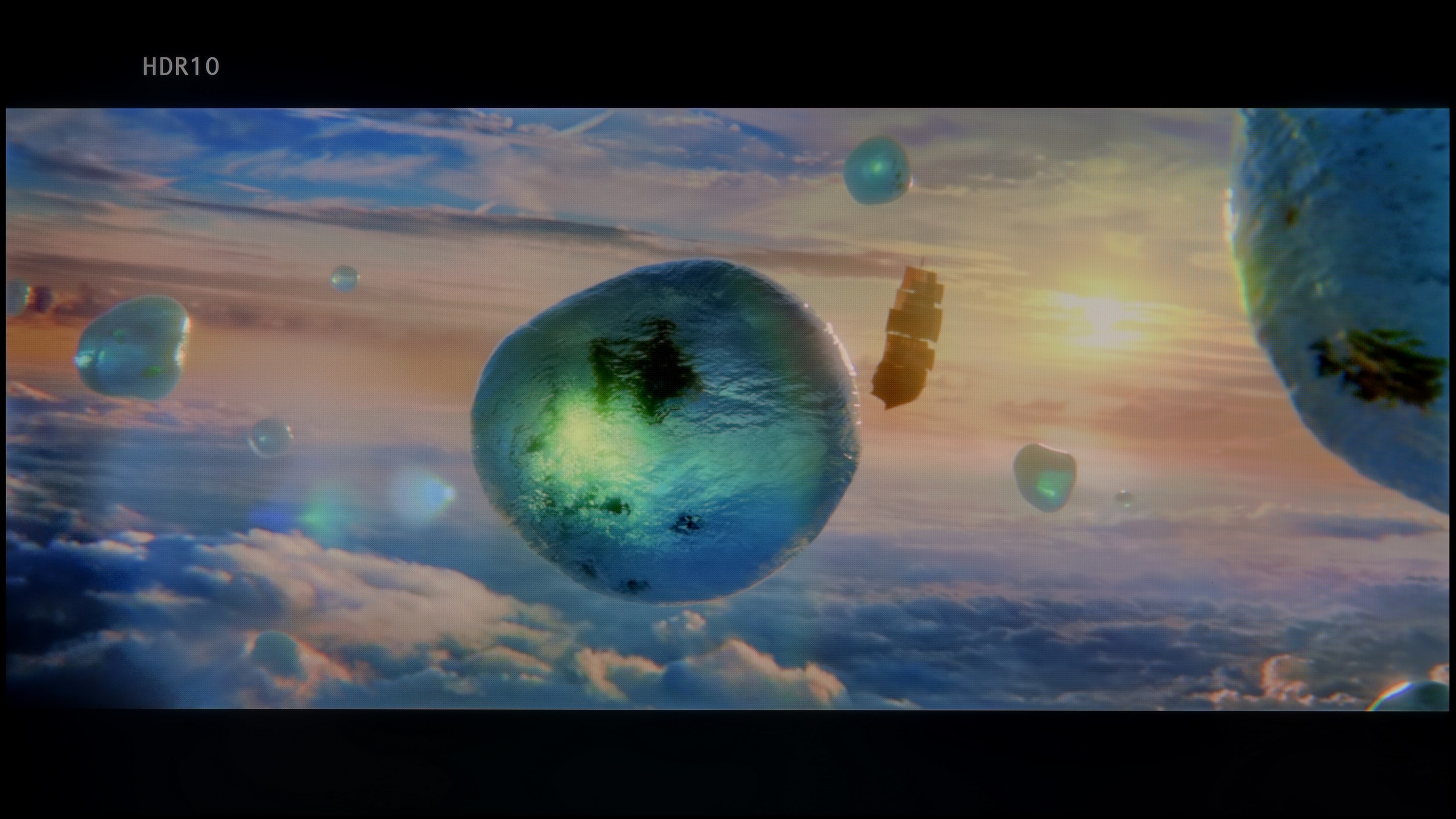
Scene from the movie “Billy Lynn” (about 1100 nits)


Static HDR10


Dynamic: Dolby Vision
Dynamic: Dolby Vision


HDR luminance chart:
Hisense U7Q PRO
Luminancja HDR
Luminance of RGB colors
LG 55 B4
Luminancja HDR
Luminance of RGB colors
The brightness results in HDR materials LG B4 are very good. It is true that none of them exceed 1000 nits, although the luminance stability is excellent and looks practically the same in every scenario. The only moment where the tested television performs worse is the last scene, although this should not come as a surprise. Large frames filled with a lot of white have always been, and will likely continue to be, somewhat of a weakness for OLED televisions. However, the combination of perfect contrast, black levels, and brightness in the LG B4 allows for a full spectrum of the HDR effect. Additionally, the incredibly high coverage of the DCI-P3 colour gamut, which reached 99%, deserves recognition. As a result, colours look incredibly vibrant and stunning.
U7Q PRO is truly a bright television. In synthetic tests, it achieved over 1500 nits, which is an outstanding result for this price bracket. Such brightness – at least in theory – allows it to display HDR content as intended by the creators, even in more demanding scenes with strong lighting. In practice, it performs very well, but not always perfectly. In bright scenes with large areas – like the test screen with intense sunlight from the film "Pan" – the U7Q PRO makes a huge impression. It can even dazzle with its light, which is definitely an advantage in the context of HDR content. Unfortunately, it doesn’t always manage to maintain this when there are many small bright details on a dark background. In such moments, the local dimming algorithms tend to dim some bright elements to maintain good blacks – and the side effect is that some details simply vanish from the frame. This is a classic compromise in mini-LED televisions – and the U7Q PRO is no exception. With such a large number of dimming zones, however, one could have hoped for a slightly more mature algorithm responsible for their control. Fortunately, the overall perception of HDR content is very positive. The U7Q PRO is not only bright but also colourful, thanks to the PFS LED (QLED) coating, the coverage of the DCI-P3 colour palette is at 95%, and BT.2020 around 73%.
Factory color reproduction
8.4/10
6.2/10


Factory Mode
After calibration


Factory Mode
After calibration
The best factory mode prepared by the manufacturer is "Filmmaker," and we used it throughout the entire testing procedure. We must admit that the unit we received straight out of the box had quite decent colour reproduction. The biggest issue in both SDR and HDR content turned out to be white balance. In the former, there was a strong dominance of red, resulting in a noticeable yellow tint in the displayed image, particularly evident on skin tones and whites. In high-quality materials, this colour was also pronounced, but due to a lack of blue, there were also signs of green visible. Besides these shortcomings, we also encountered issues with greyscale and the colours themselves.
We tested the U7Q PRO in the best possible picture mode that this model offers – Filmmaker Mode. And indeed, this mode performs the best in terms of colour reproduction. But that doesn’t mean it’s perfect. In our test unit, both in SDR and HDR content, the image had a slightly cooler tone. The white balance was shifted towards blue, which made the overall image feel a bit "cooler." It may not be glaring, but it is definitely noticeable – particularly on white backgrounds, which instead of being neutral, seemed slightly bluish. Additionally – as we mentioned earlier – the television has a tendency to slightly brighten and oversaturate the image, which is also confirmed by the gamma and EOTF charts. All of this together means that without calibration, the image may appear somewhat unnatural – too cool, with slightly exaggerated dynamics. That’s why we decided to perform our own calibration – and you can see its effects and charts below.
Color reproduction after calibration
9.3/10
7.5/10

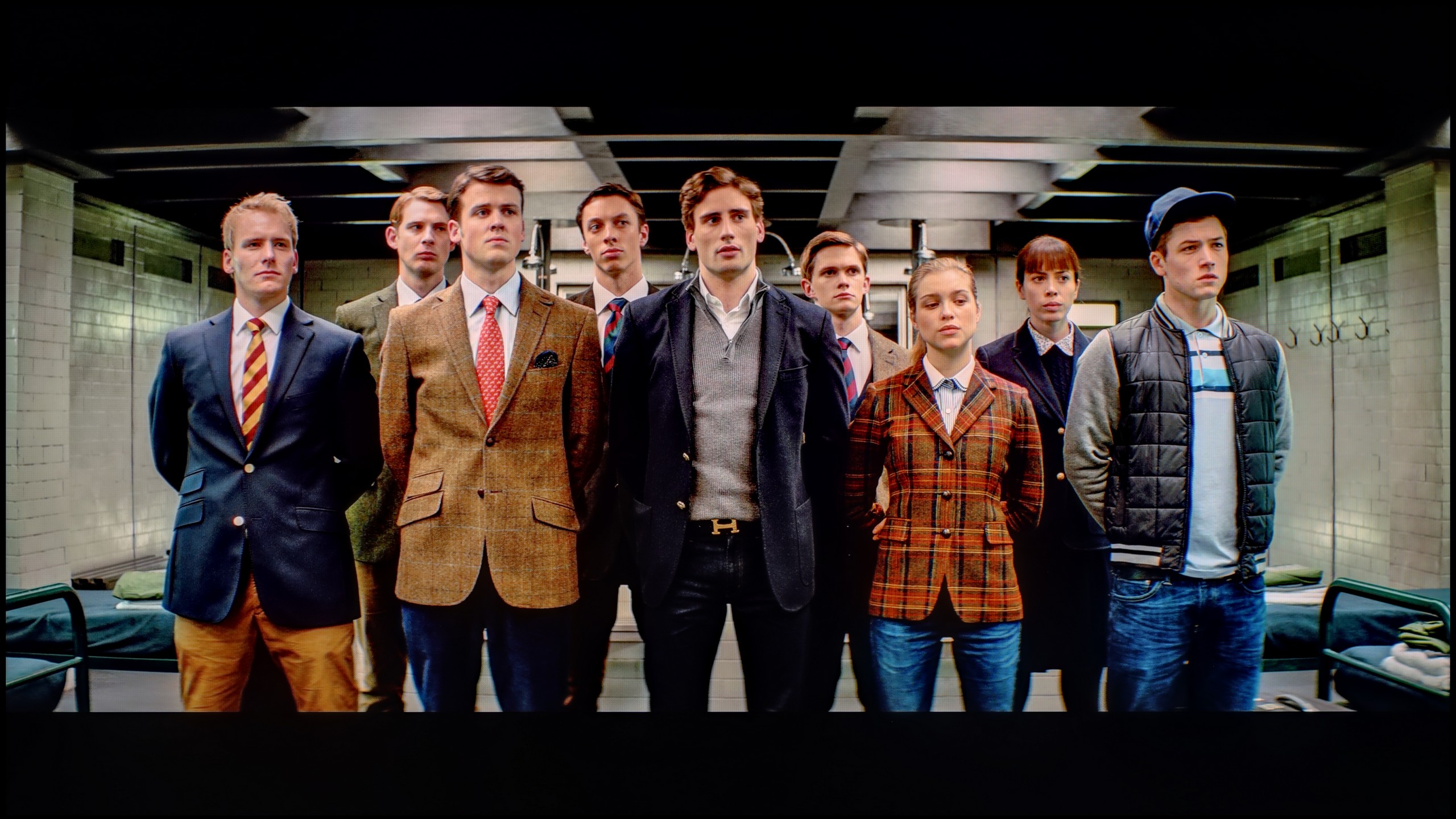

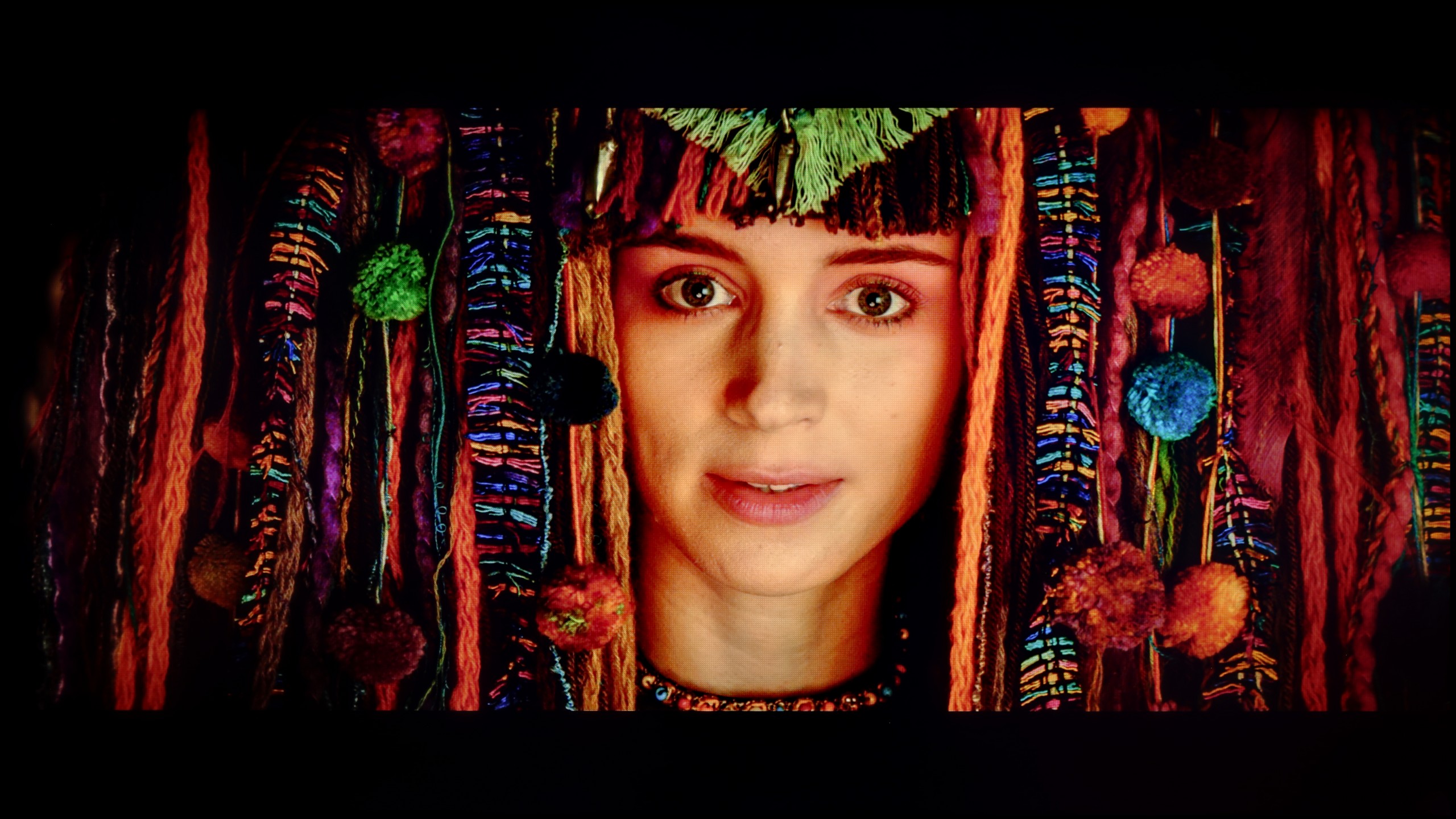
LG B4 has been providing very advanced calibration tools in its TVs for years. We can even say that as the only manufacturer on the market, it allows for such deep intervention in image adjustment. Thanks to these, we were able to calibrate the device so well. The evidence of this is the extremely low deltaE errors, which can be said to stand at a reference level. Both SDR and HDR materials now look exactly as the film director intended. It is no coincidence that TVs of this brand are most often used as preview screens for various graphic or post-production studios.
Thanks to calibration, we've managed to tame the white balance in SDR and HDR content. For SDR material, the effect is really quite good – the image becomes neutral, cohesive, and simply pleasant to watch. Everything looks the way it should.
HDR performs a bit worse. Although the white balance looks correct and overall the image gains naturalness, unfortunately, the delta E errors are still noticeable. Why? Because Hisense's U7Q PRO model does not give us full control over how the television manages brightness in HDR mode. And this is where the limitation arises. When we look at the EOTF curve for HDR content, it clearly shows what we mentioned earlier – at the beginning of the graph, there’s a noticeable drop, meaning the television darkens the smallest portions more than it should. On the other hand, those brightest elements can be overly bright. As a result, some details are lost, others are too aggressive, and overall control over brightness doesn't always align with what we’re trying to achieve during calibration.
Does the image look better after calibration? Definitely, yes, in terms of colour. But when it comes to brightness management in HDR, one must accept that the Hisense U7Q PRO will still do it in its own way.
Smoothness of tonal transitions
7.4/10
9.5/10

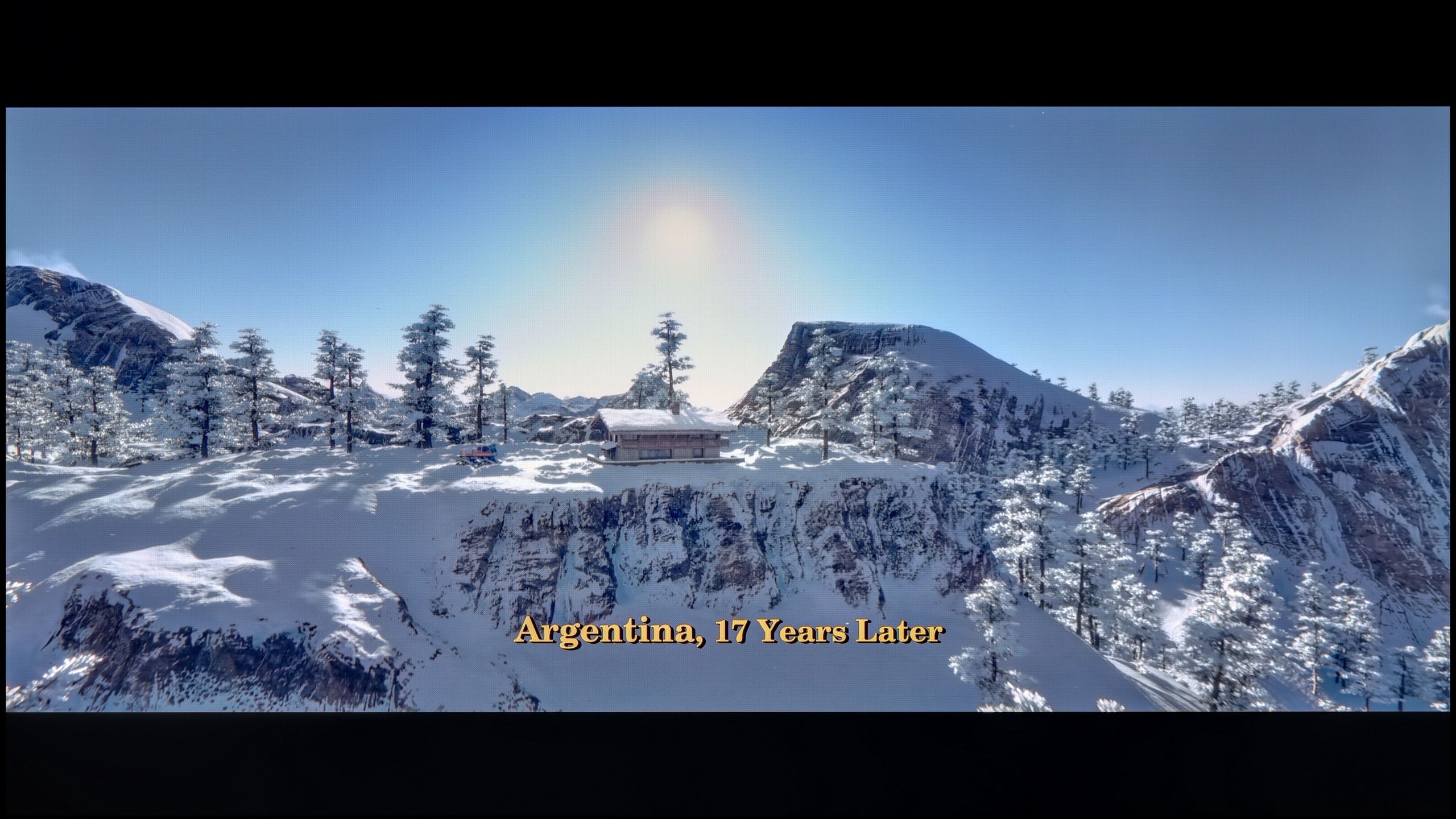

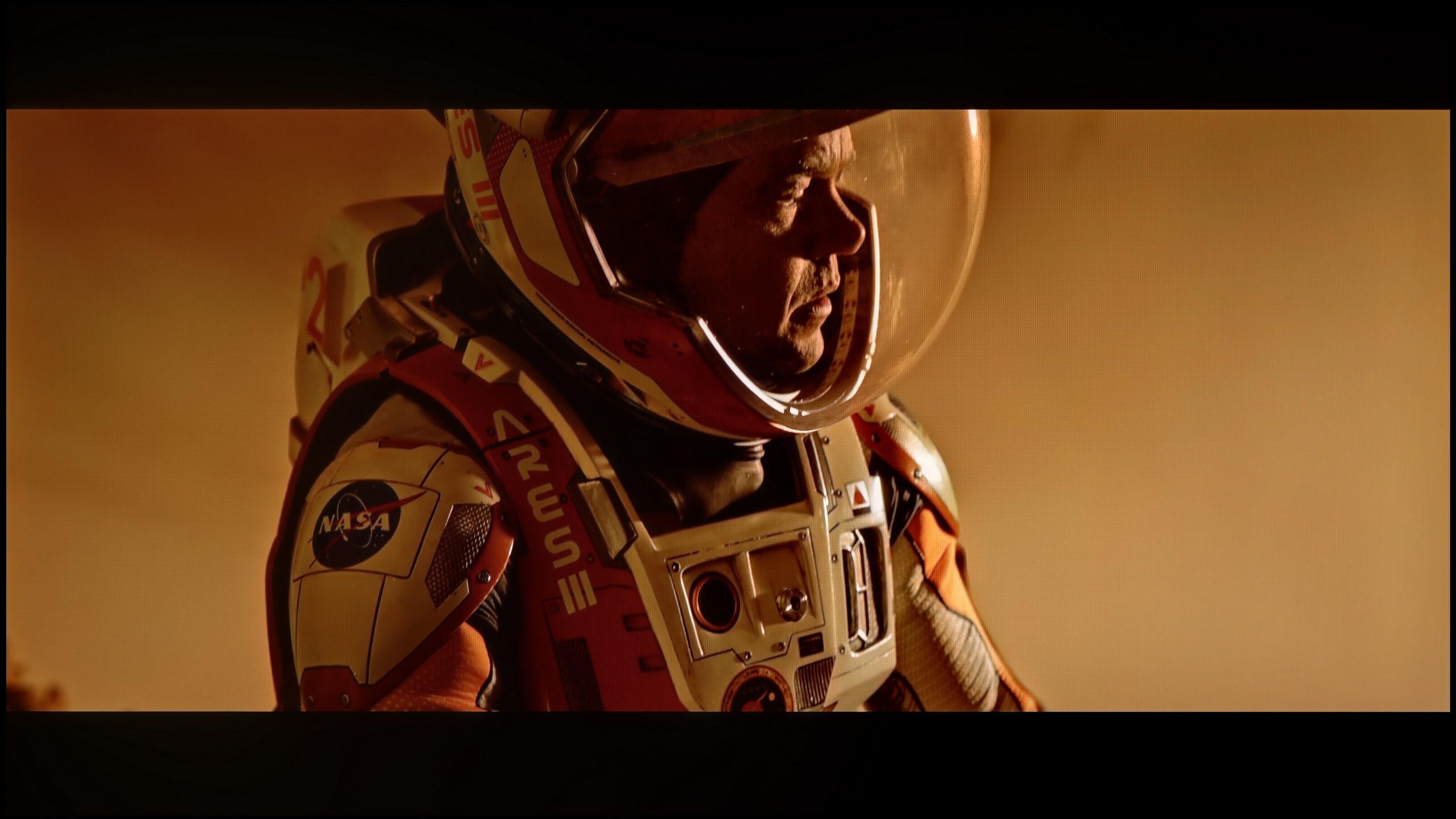



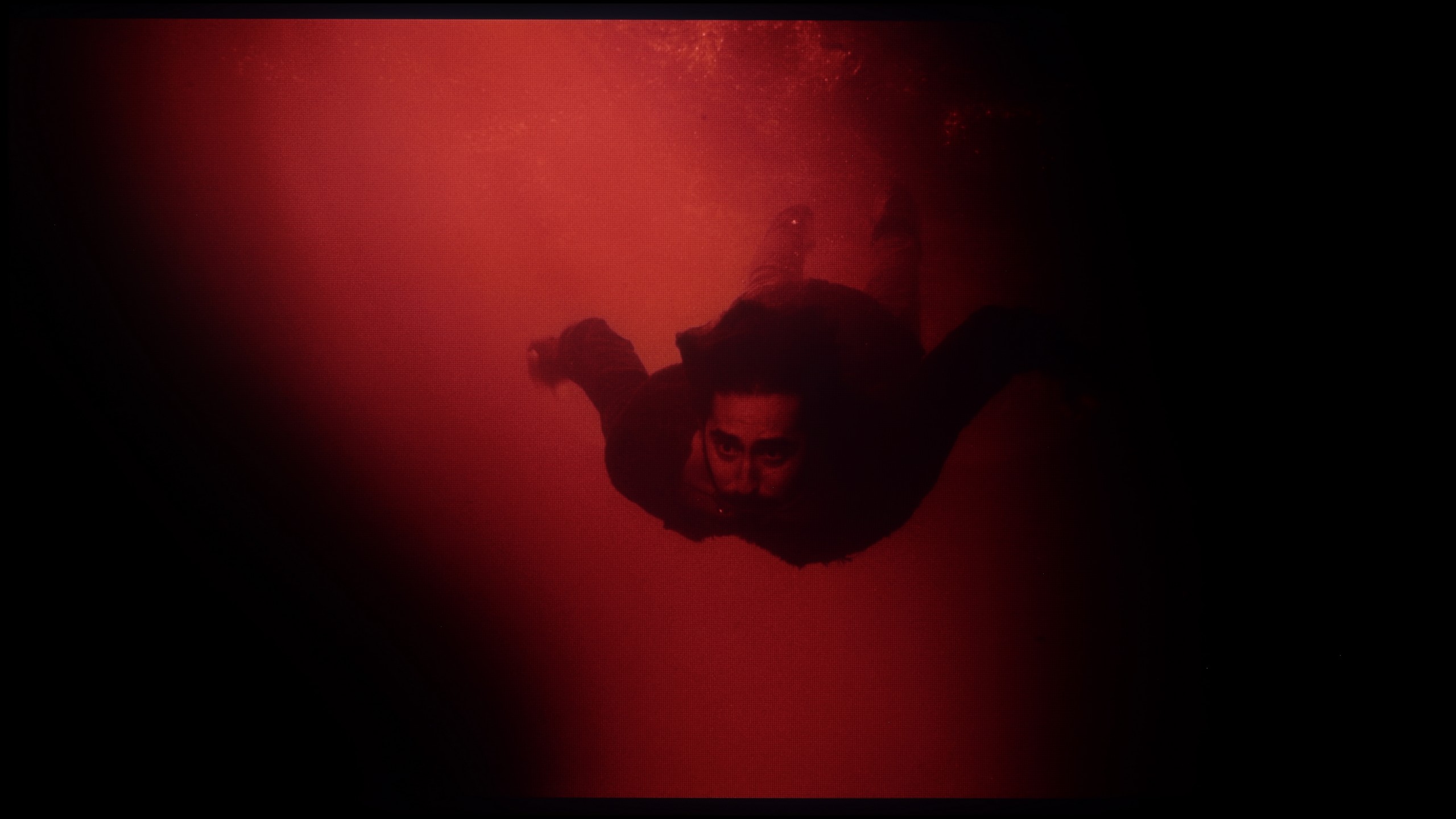




The smoothness of tonal transitions, often overlooked in various tests on competitive portals, is an equally important aspect of image quality assessment. It is particularly crucial when watching materials that feature a wealth of colours and many intricate effects, where textures blend together. This often leads to what's known as colour banding, or a lack of smooth gradation. The tested television handles tonal transition smoothing quite well. However, it's worth noting that it has its weaker moments, such as the bright colourful sky in the film "Kingsman" or "The Martian." These, however, are not issues that detract from the viewing pleasure. Therefore, we assess the quality of tonal transitions in LG B4 positively.
The U7Q PRO handles tonal transitions really well. Colours blend smoothly, with no banding, stripes, or strange artefacts. Even in tougher scenes that typically expose any imperfections – there was nothing to criticise here. The picture simply looks clean. The gradients – both colour and grey – are fluid, nothing tears, nothing distracts. It's one of those elements you don't notice while watching… certainly not with the U7Q PRO.
Image scaling and smoothness of tonal transitions
7.9/10
7/10
Smooth transition function

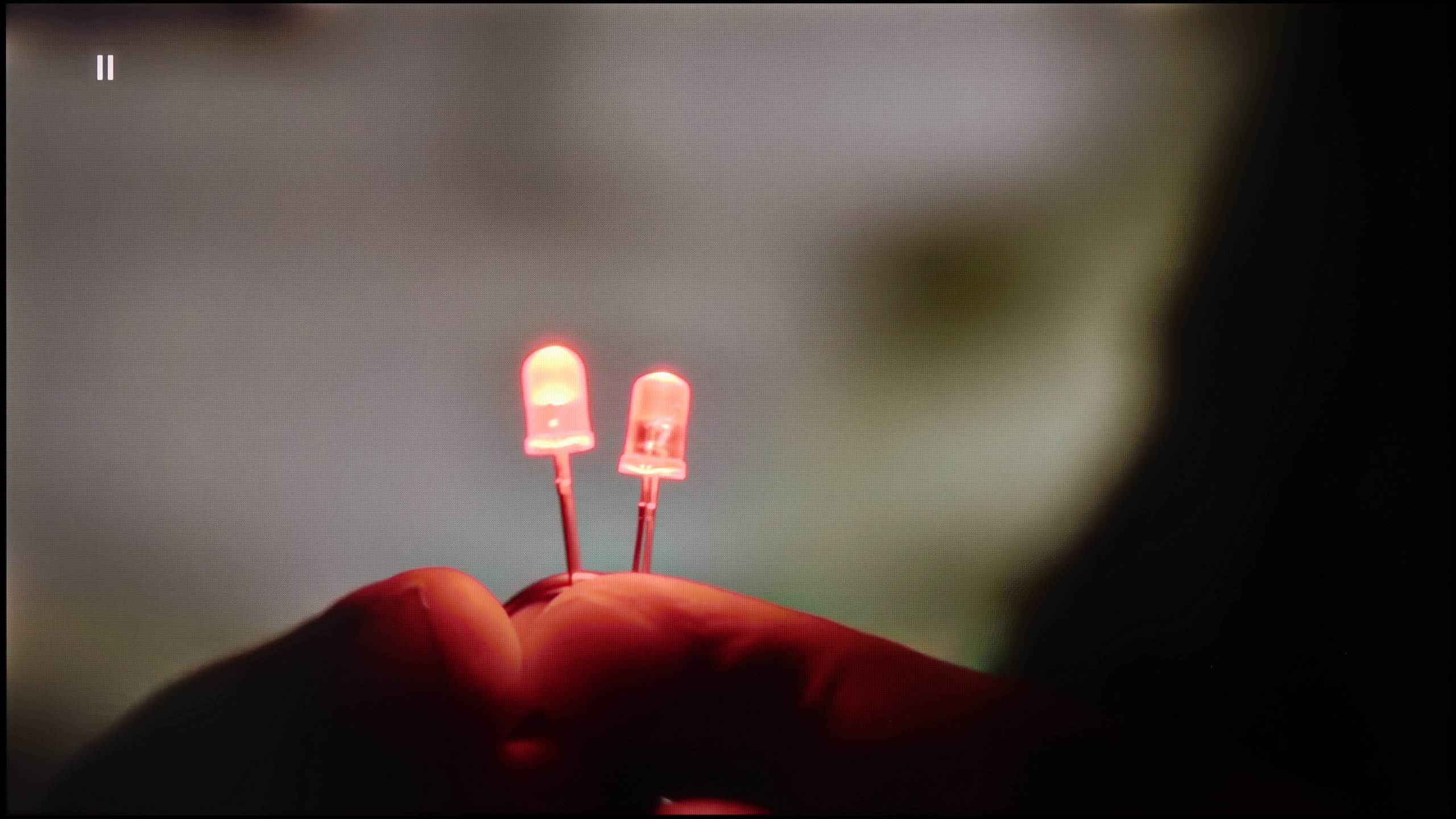
Image without overscan on the SD signal


In this paragraph, we will take another look at the tonal transition smoothing feature, but we will also check how the TV handles lower quality material. As we have managed to check, the setting responsible for smooth gradation works quite effectively, although it has its weaker moments. While the feature works well with SDR content, it becomes less useful with HDR content. Even at the lowest of options, it blurs essential details, so we advise against using it.
The image scaling on LG B4 is rated fairly moderately positively. Although there is no edge splitting, the image itself is naturally "soft". We can change this by adjusting the sharpness slider.
If someone happens to come across older materials where the banding issue arises – Hisense has a solution for that. In the U7Q PRO, we find a feature called "Smooth and Gradient Picture". Set to the "Medium" level, it works really well – eliminating most gradient problems without smoothing the entire image like a blur in Photoshop. 😉 Film grain remains, details don't disappear – that's exactly how it should work. Well done on the implementation!
As for scaling weaker materials, it's simply good. It's not at the level of the most expensive TVs with advanced upscaling, but older content looks good. There is some minor banding at very low resolutions, but that's perfectly normal and hard to avoid. On the plus side – even with the oldest materials, there is no overscan effect, the image isn't cropped or artificially stretched.
Blur and motion smoothness
8.5/10
7.5/10

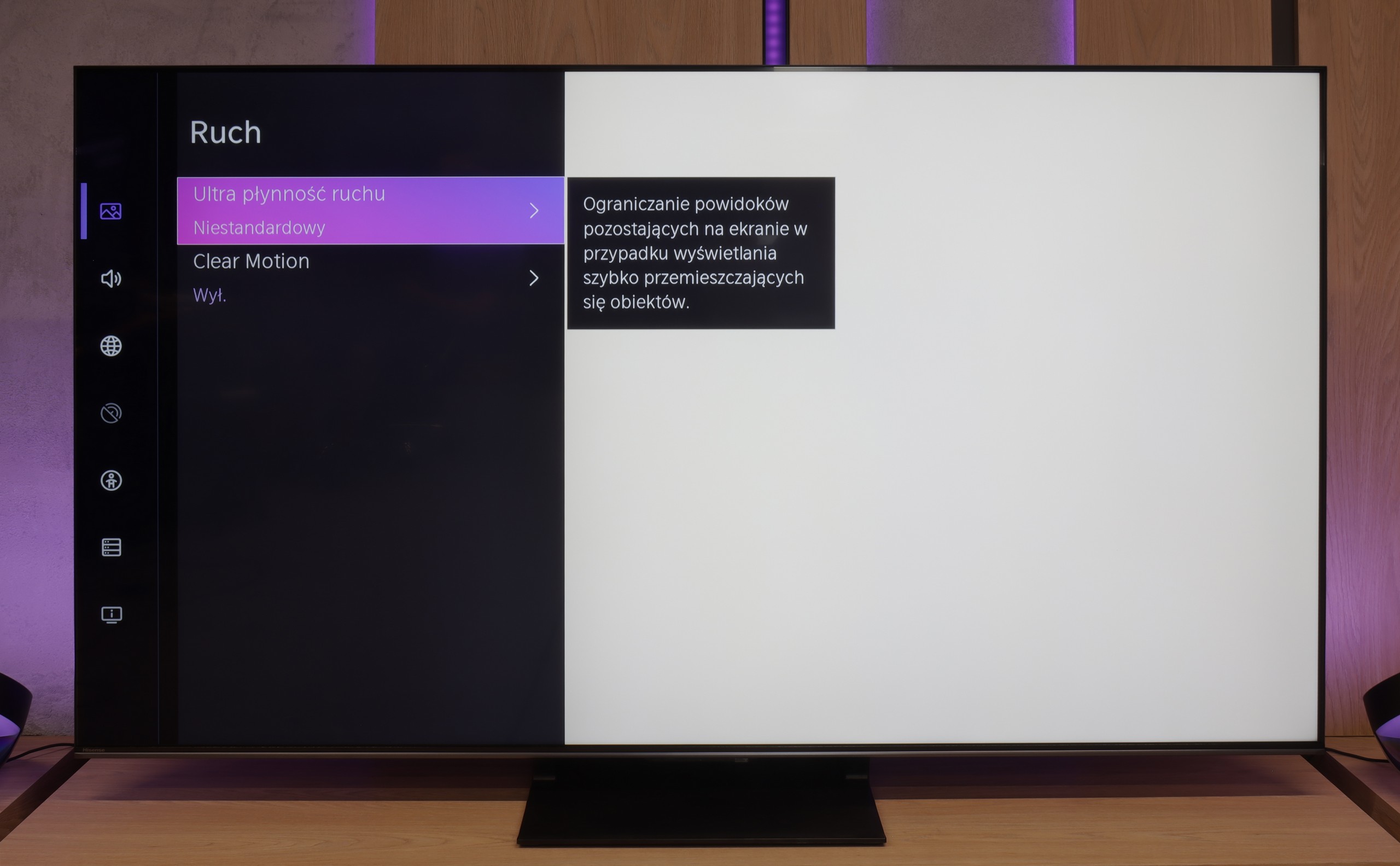
Blur (native resolution, maximum refresh rate):



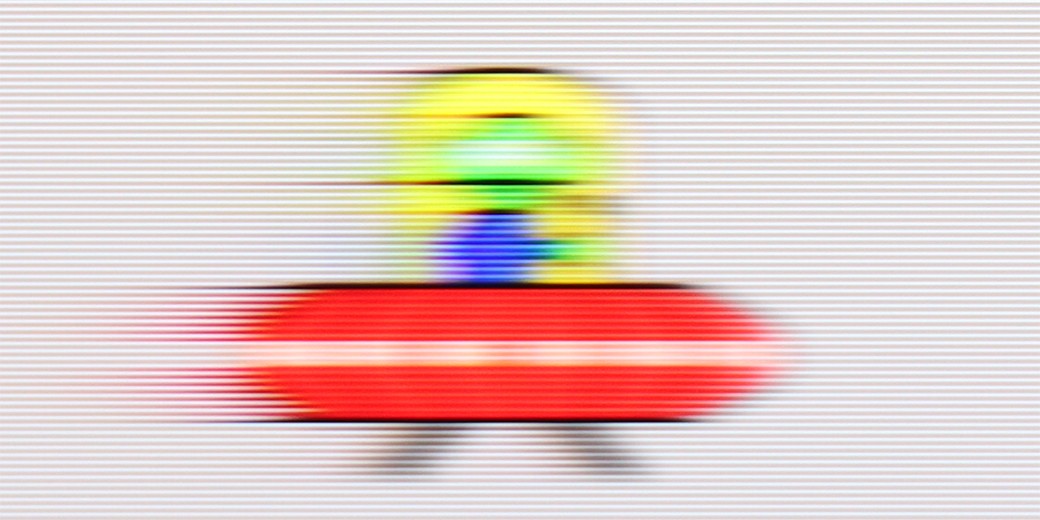
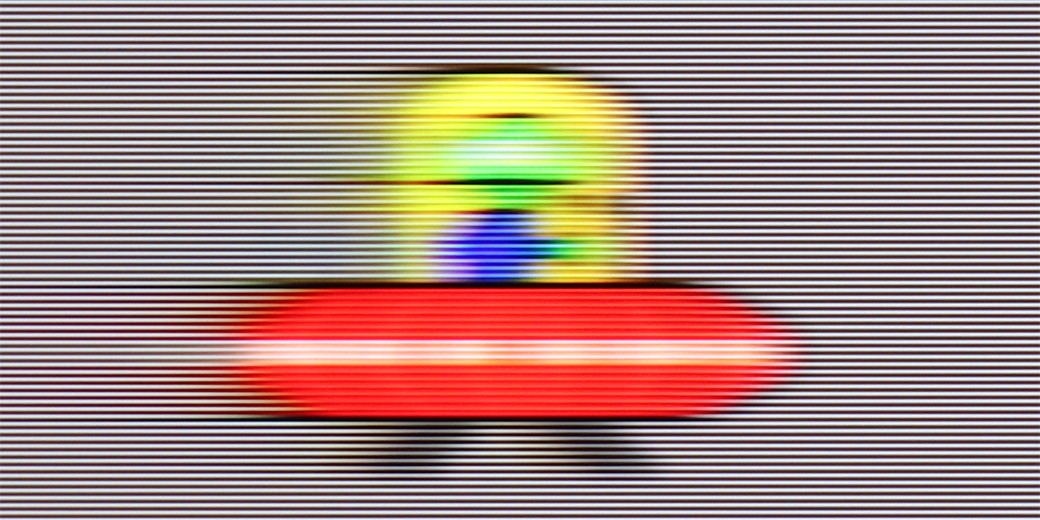
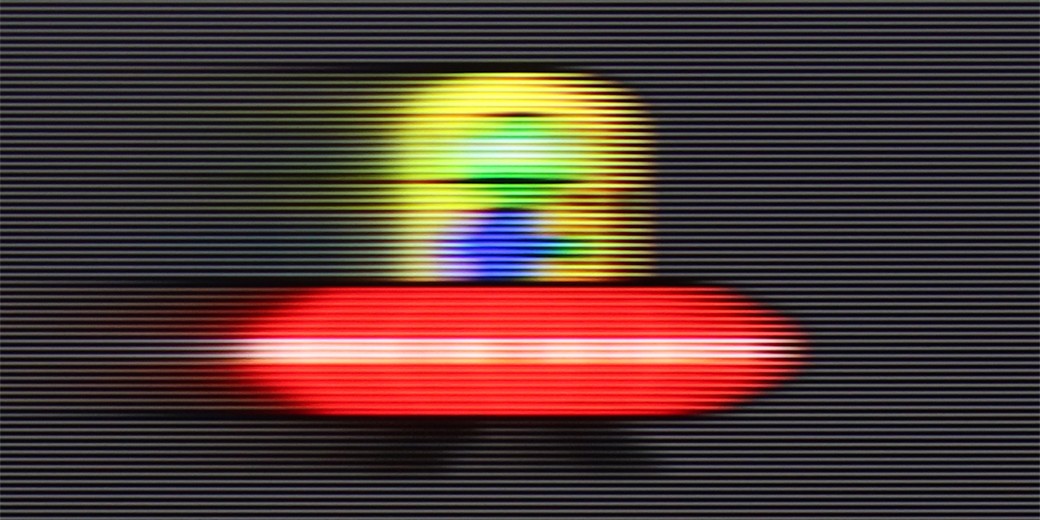
Blur (BFI function enabled):



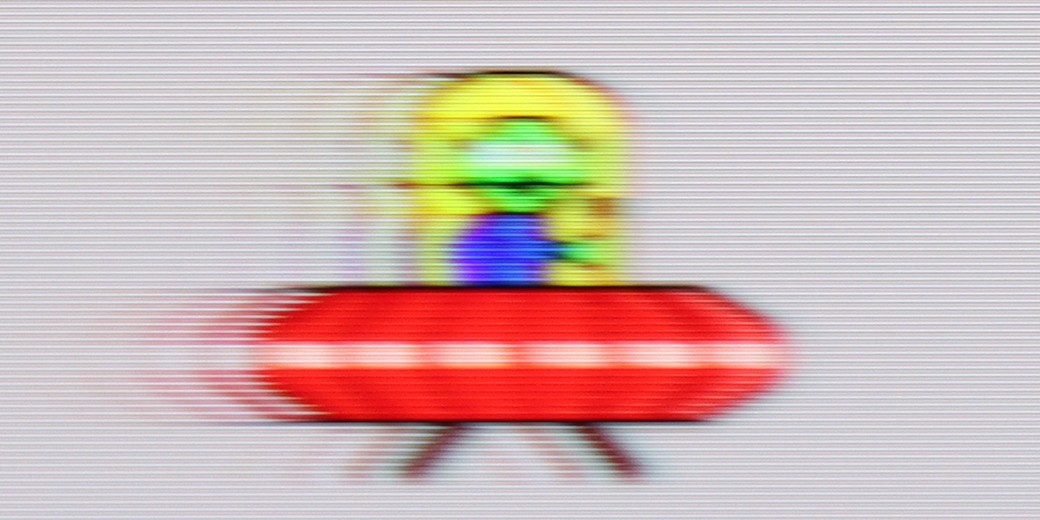


Smużenie ():
Smużenie (1080p 288Hz):
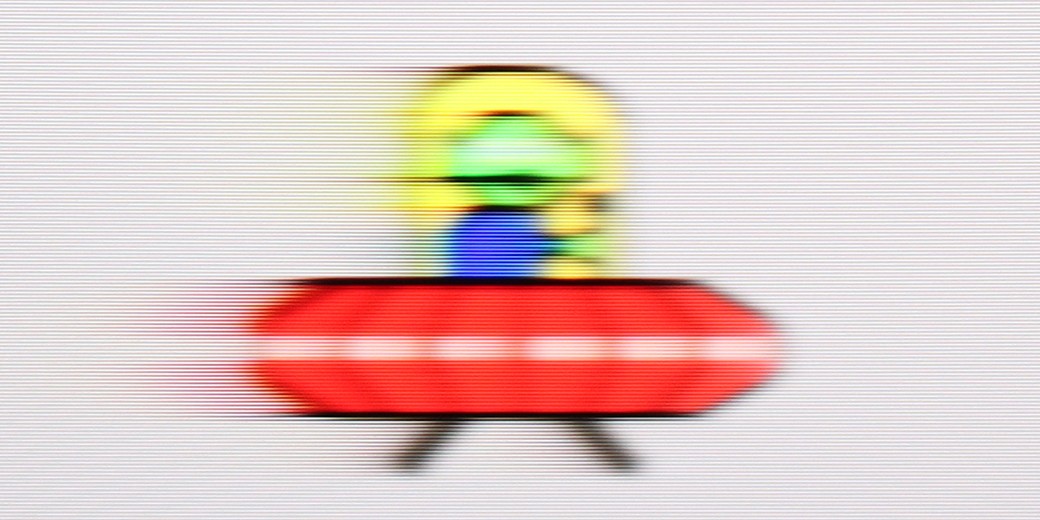
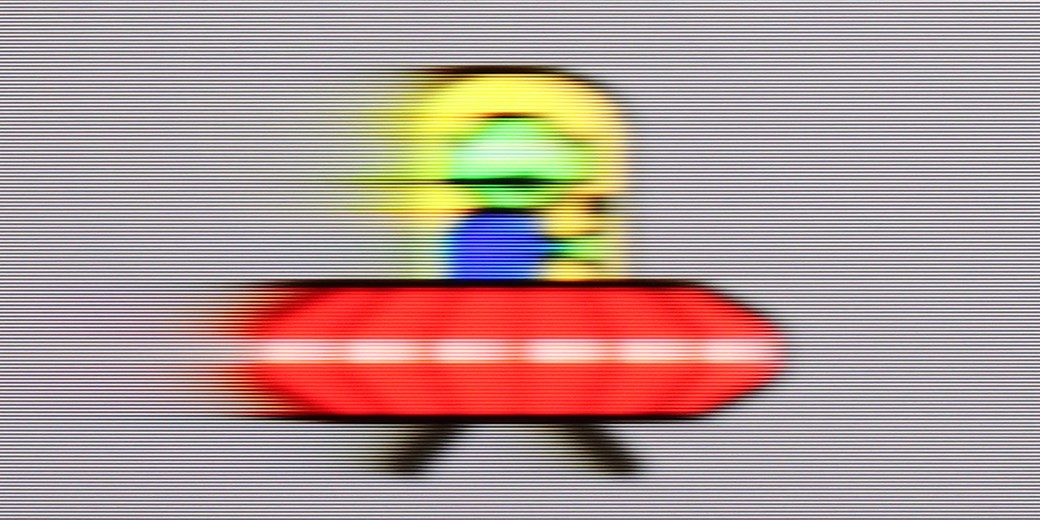
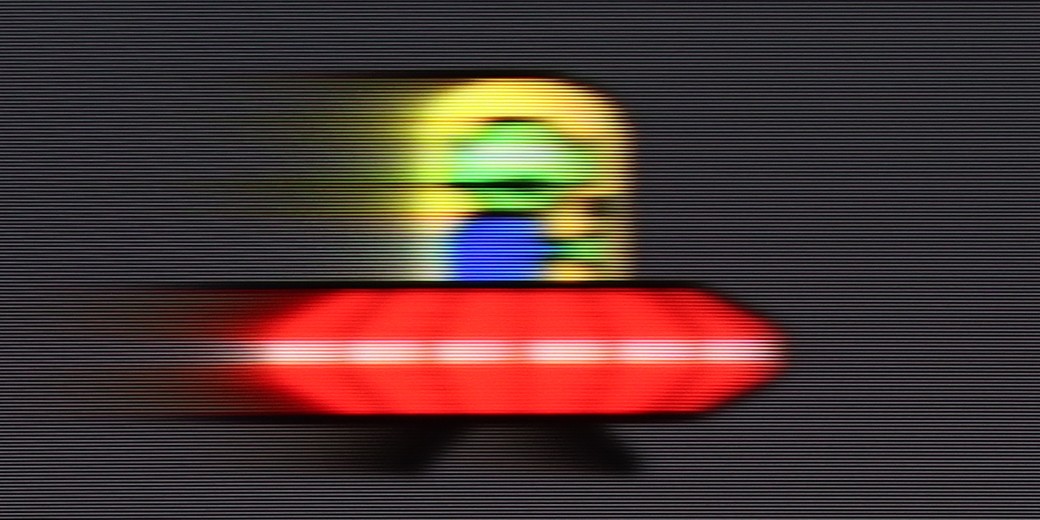
The maximum refresh rate we can set on the LG B4 is 120 Hz. This is the absolute minimum for those who require high image smoothness. The manufacturer has implemented a multi-level motion smoother called "TruMotion". It has been divided into two separate sliders that adjust the sharpness of moving images (De-Blur) and stuttering (De-Judder). Both sliders can be set in the range from 0 to 10, with each level affecting the degree of smoothness, so everyone can find their sweet spot.
The LG OLED B4 panel features an average response time of 0.1 ms (which directly results from our measurements), allowing for an incredibly clear image, unattainable for LCD TVs, which have response times of even several milliseconds. This can be clearly seen in images from the "UFO Test", showing no trace of blur trailing behind the object.
“Speed” – this word was most frequently mentioned during our tests of the U7Q PRO. The television is equipped with a 165 Hz panel, which in itself is impressive – especially considering we’re talking about a mid-range model. Of course, PC gamers will benefit the most from its full capabilities, but even during everyday viewing, it’s clear that this is a fast and efficient panel. Like most modern televisions, the U7Q PRO can also enhance the smoothness of films that were originally recorded at 24 frames. In the menu, we find a slider that allows us to adjust the effect to our own preferences – from a more cinematic feel, with subtle motion, to a stronger smoothing with the characteristic “soap opera effect.”
Console compatibility and gaming features
10/10
8.5/10
- ALLM
- VRR
- VRR range40 - 120Hz48 - 288Hz
- Dolby Vision Game Mode
- Correct implementation of HGIG
- 1080p@120Hz
- 1440p@120Hz
- 4K@120Hz
- Game bar

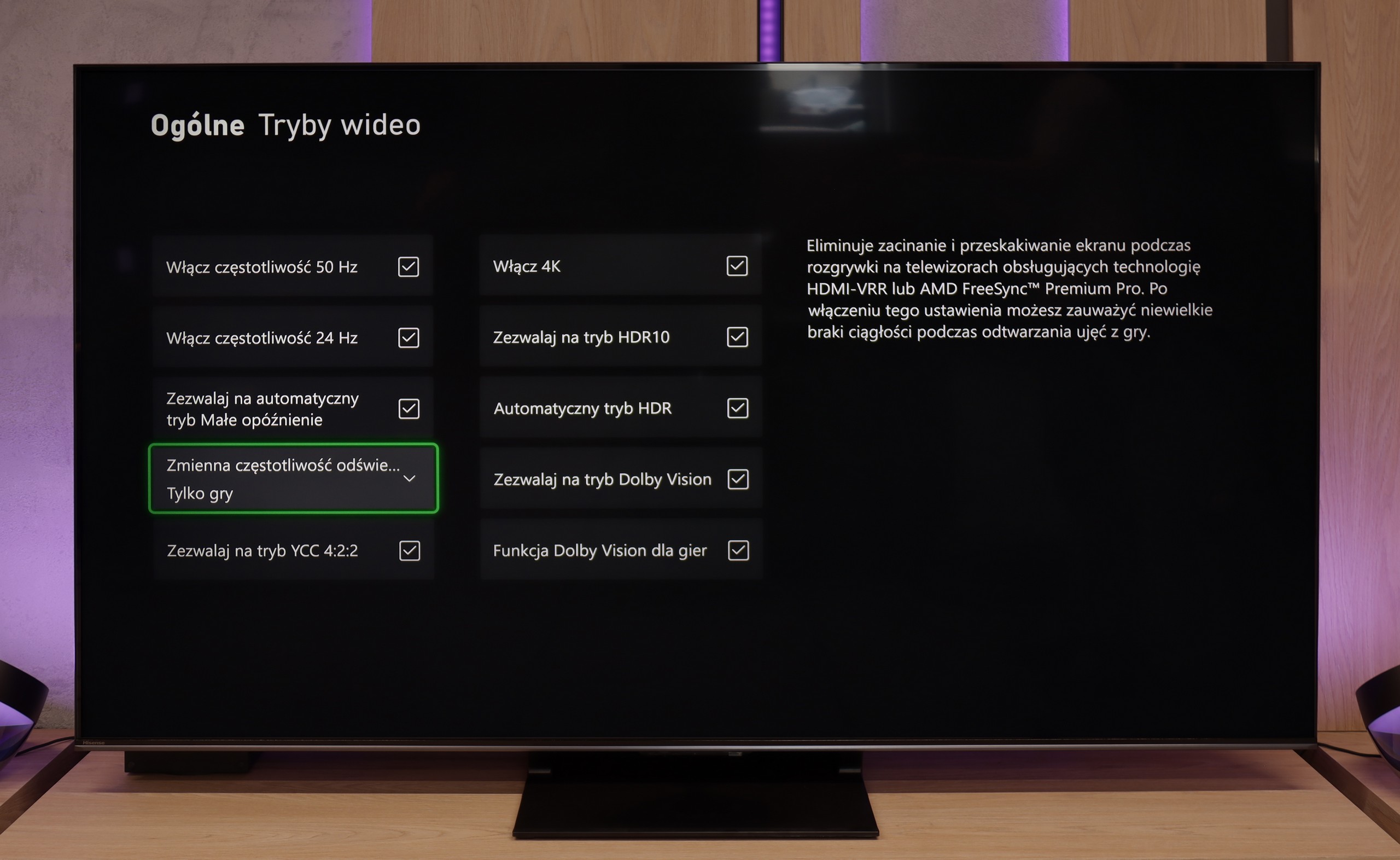



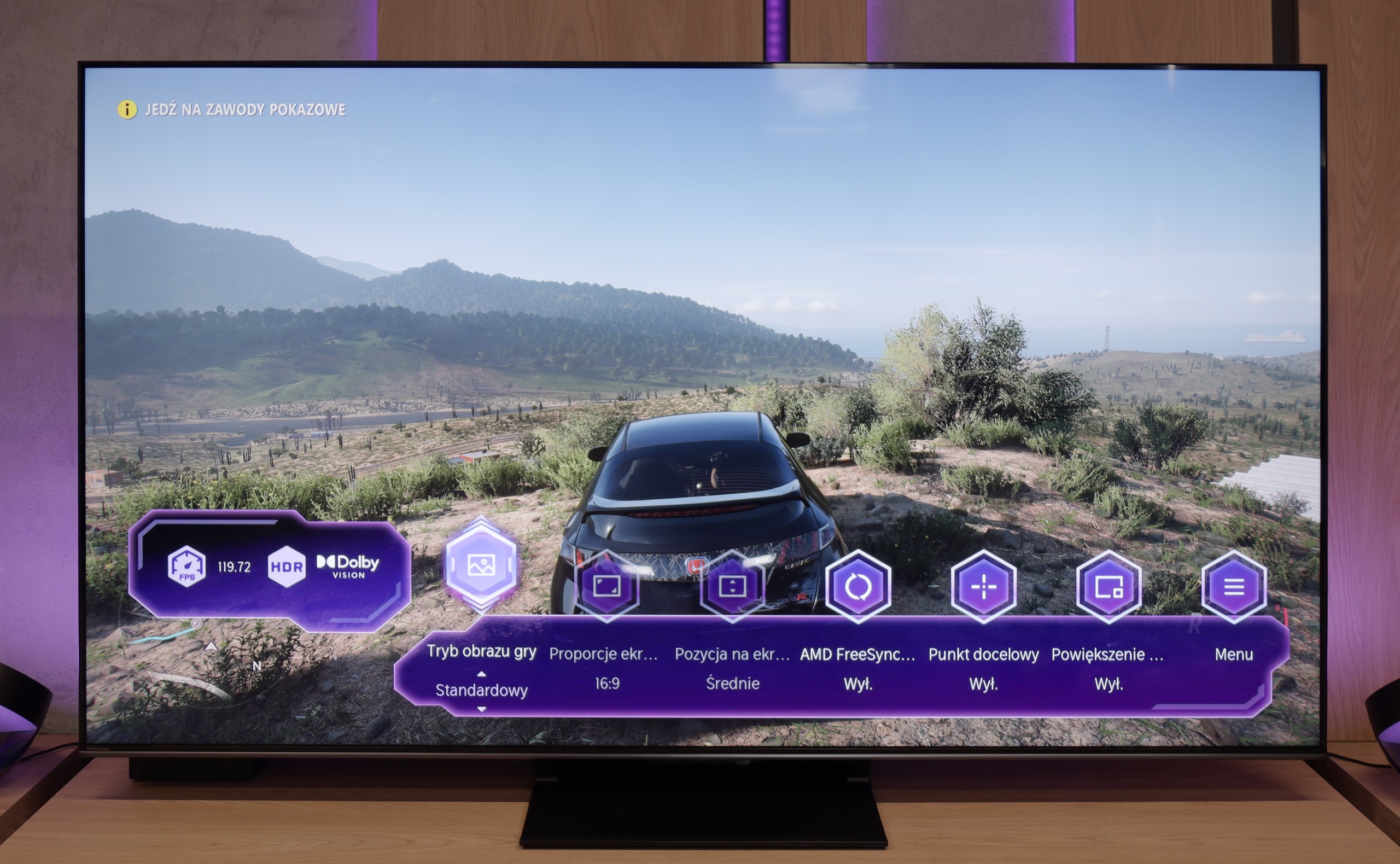

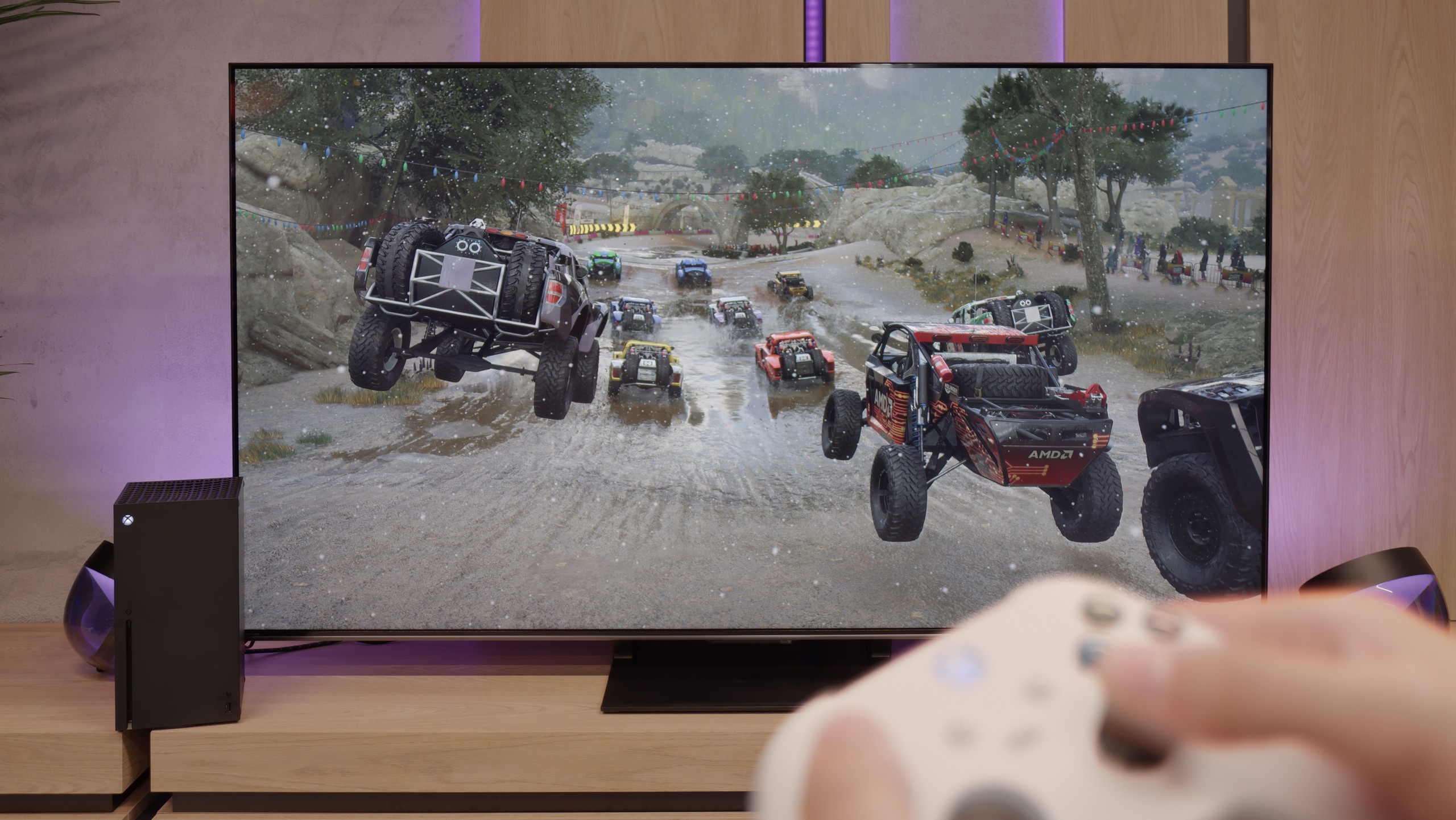
The LG B4 television is equipped with four full-fledged HDMI 2.1 ports with a full bandwidth of 48Gbps. All functions corresponding to this standard activated without any issues, and throughout the entire testing procedure, they caused no problems. The combination of such extensive functionality and low input lags leads us to say that the tested television is truly designed for gaming. This is not surprising, considering that the manufacturer has always placed great emphasis on this. Therefore, we can enjoy both a properly implemented HGIG mode and gameplay in Dolby Vision with low latency. Such a tandem will surely attract the attention of all passionate gamers for whom quality is the most important.
A standard feature in televisions from the Korean manufacturer is also the implementation of GameBar, allowing for quick adjustments of settings "on the fly," without the need to exit the game. It also enables image adjustments for individuals with visual impairments, which is an extremely nice touch. Another important piece of information is that when the VRR technology is turned on, we will not experience a drop in contrast. This is, of course, due to the construction of the panel and the lack of conventional backlighting. However, it is normal for shades of grey to flicker slightly, although this is a characteristic feature of this function regardless of the manufacturer and the television.
In summary: The LG B4, like all OLEDs from the manufacturer equipped with 120Hz panels and HDMI 2.1 ports, creates a harmonious whole with the console. In practice, it is a complete television, and if we expect the highest possible efficiency in gaming, the B4 will be the ideal choice.
Hisense U7Q PRO is a TV that seems to have been designed with gamers in mind. We have practically everything that can be expected from a gaming screen: variable refresh rate (VRR), automatic mode (ALLM), and as many as four HDMI 2.1b ports with full bandwidth of 48 Gb/s. Additionally, there’s a clear and quite functional Game Bar, as well as a well-implemented Dolby Vision GAMING mode that works seamlessly with Xbox Series S and X consoles.
Sounds like the ideal? Well, almost. Unfortunately, Hisense has still not implemented the HGiG feature, which is the system's tone mapping limitation on the TV's end. This means that when configuring HDR brightness on the console, we do it “by eye” or look for settings in online guides, as the screen does not display its actual brightness range. It’s a shame – because HGiG makes it easier to match the console to the TV and helps avoid overexposed or too dark scenes in HDR games.
Fortunately, the other elements work very well. Input lag is low, responsiveness is excellent, and the handling of other features is faultless. And although not everything worked perfectly, the U7Q PRO can still be confidently recommended to gamers.
Input lag
10/10
9.8/10
SDR
HDR
Dolby Vision
Delay times for LG B4 are incredibly low in every scenario. Even the most passionate gamers will certainly appreciate the very low input lag of just 5 ms at demanding settings of 4K 120 Hz with HDR. It's also worth noting that the latency at the same settings, but with Dolby Vision HDR enabled, remains unchanged, which is not as obvious with the competition. Therefore, it deserves the highest rating and recommendation.
In terms of signal delay, the Hisense U7Q PRO performs exceptionally well. For 120 Hz content, the input lag stays below 10 ms, which translates to a lightning-fast response – the screen almost instantly reacts to our movements, something console and PC gamers will particularly appreciate. With 60 Hz content, the situation looks a bit worse, as the response time doubles – this is natural and applies to virtually all televisions. Nevertheless, it still remains below 20 ms, which can be confidently regarded as a very good result, almost close to perfection – and in practice, it’s hard to feel this during gaming.
Compatibility with PC
7.6/10
8.2/10

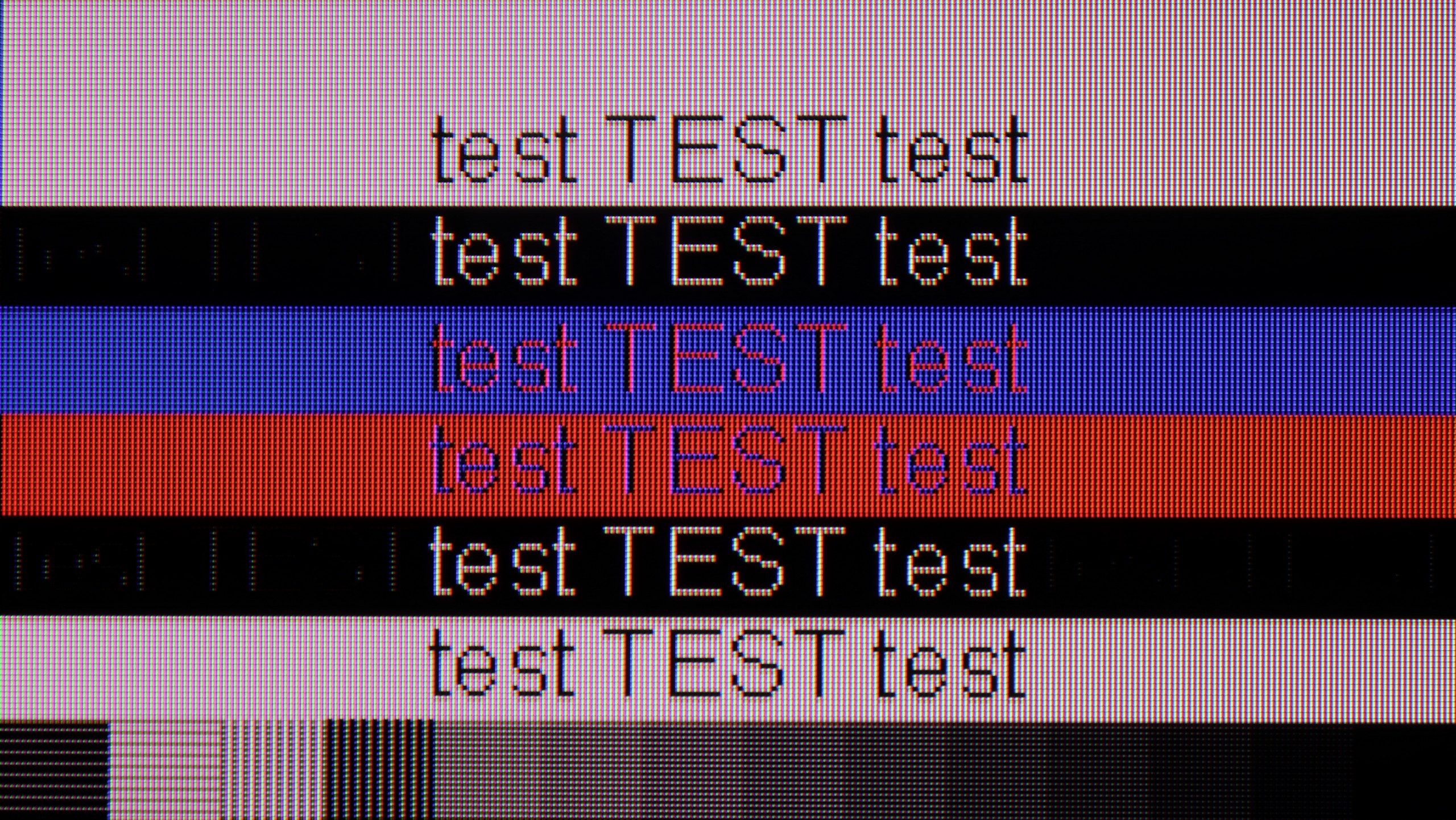
LG B4 paired with a PC performs excellently due to its very low latency of just 13.5 ms, which is virtually instant response between the mouse, the eye, and the screen. A crucial aspect of working on a display is readability, which in the case of the tested television is very good. However, it's worth noting that to achieve sharp fonts, you need to enable the passthrough option in the settings.
The RWBG pixel layout does not significantly affect the display of fonts or letters, which is a notable advantage over Samsung's QD-OLED matrices. Users of both Windows and macOS equipped computers will certainly be pleased with the performance on the tested television screen.
Playing on a PC with the Hisense U7Q PRO is pure fun. Low input lag, a full 165 Hz in 4K and even 288 Hz in Full HD – these are numbers we wouldn't expect from a TV at this price. In this regard, it's really hard to nitpick. If someone is looking for a large screen for gaming from a PC – the U7Q PRO can confidently serve as a monitor. It performs a bit worse for everyday text work. Although chroma 4:4:4 is present, so theoretically, everything should look good. But in practice, grey text on a dark background looks strange – vertical lines are sharp, but horizontal ones can blur, disappear, or look slightly dimmed. However, it's fair to add that if you use the TV as usual – that is, from a few metres away – you're unlikely to notice this. The issue only becomes apparent when someone places the U7Q PRO on a desk, a metre from their face, and starts working with text or spreadsheets. If you plan to use it in this way – it’s worth keeping this in mind.
Viewing angles
7.4/10
3/10
The undeniable advantage of OLED panels is their efficiency in group viewing, meaning from different angles. LG B4 maintains very good contrast, colour saturation, and fidelity. While it may not match organic TVs supported by MLA technology, it cannot be said that anyone who purchases the device has been dissatisfied with the results. However, it should be noted that at sharp angles, a slight greenish tint can be observed. This is a characteristic feature of WRGB panels from LG, without the aforementioned micro-lens technology, and unfortunately, there is nothing that can be done about it.
In this regard, the U7Q PRO performs averagely. The television is equipped with a VA panel, which is not known for its wide viewing angles. When you start looking at the screen at an angle, the image clearly loses brightness and the colours start to fade. This is a completely normal phenomenon in VA panels without additional coatings to widen the angles – so if you plan to watch from the side or with a larger group, it's worth keeping this in mind. On the other hand, head-on – the image looks great, with deep blacks and very good contrast, much better than on IPS/ADS panels.
TV efficiency during daytime
5.7/10
6.2/10



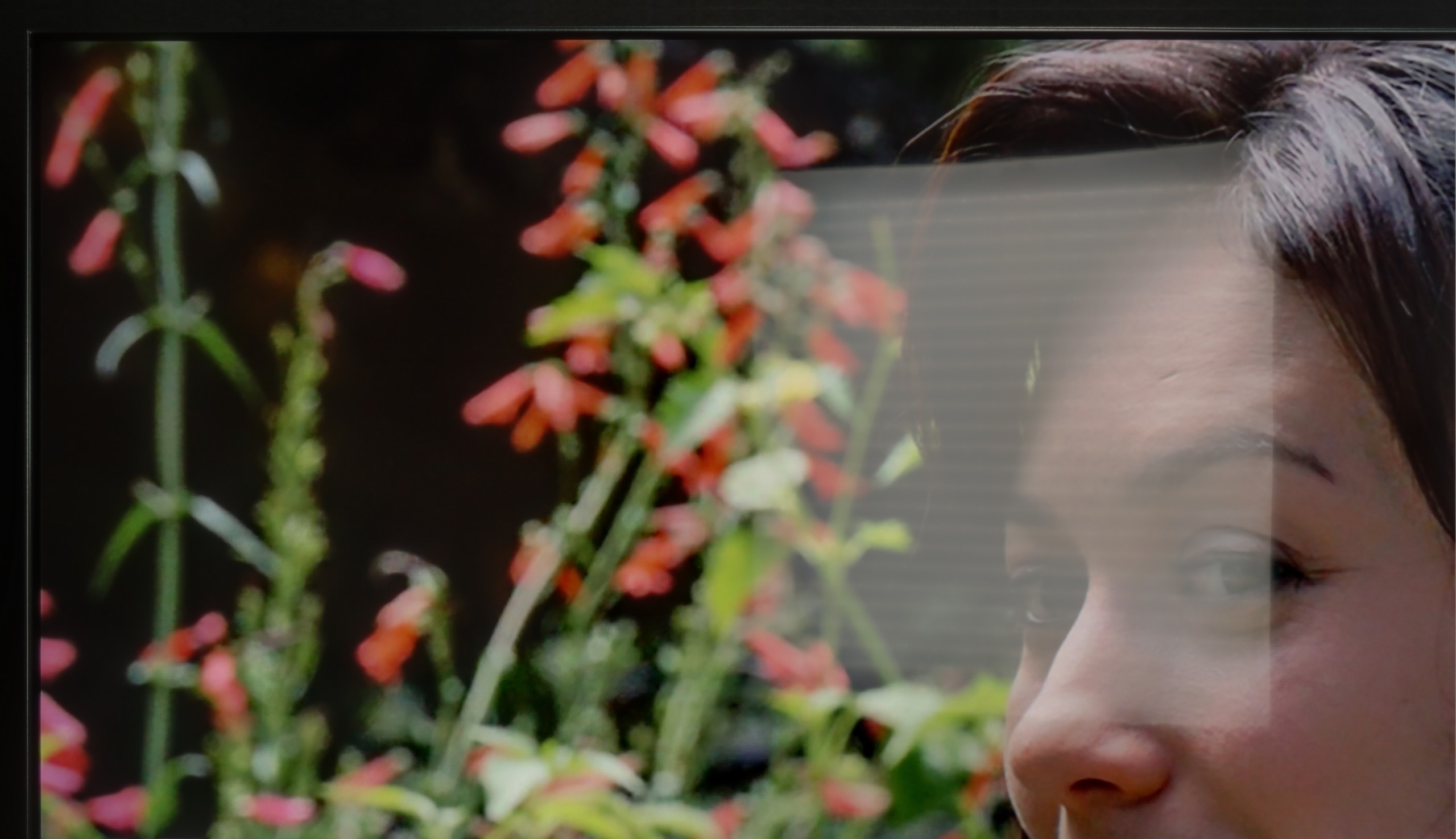
Matrix brightness
Average luminance SDR
Hisense U7Q PRO: 472 cd/m2
LG 55 B4: 374 cd/m2
The maximum brightness of the TV in SDR materials is 370 nits. For an OLED TV, this is a very good result, allowing for quite comfortable viewing during the day. There are two things worth noting. The first is the rather average handling of reflections caused by the satin finish of the panel, which means that direct light hitting the TV can be quite intrusive. The second issue is the screen brightness at 100% white fill, hovering around 260 nits, which is an outstanding result, as until recently, OLED TVs in this range could "boast" a brightness two times lower. This means that conditions for watching, for example, winter sports, will be very good.
As we mentioned earlier – the U7Q PRO is a really bright TV, especially when it comes to HDR content. For SDR materials, the TV dims a bit, but an average brightness level of around 500 nits is still a very solid result. This means you can easily watch TV or movies even in quite a bright room. Only under very extreme lighting – like direct strong sunlight on the screen – can visibility suffer a bit. Fortunately, Hisense has applied a satin anti-reflective coating that effectively reduces reflections, and the blacks maintain their depth even during the day. This makes a difference and allows for comfortable use of the TV in various lighting conditions.
Details about the matrix
Subpixel Structure:
Panel uniformity:

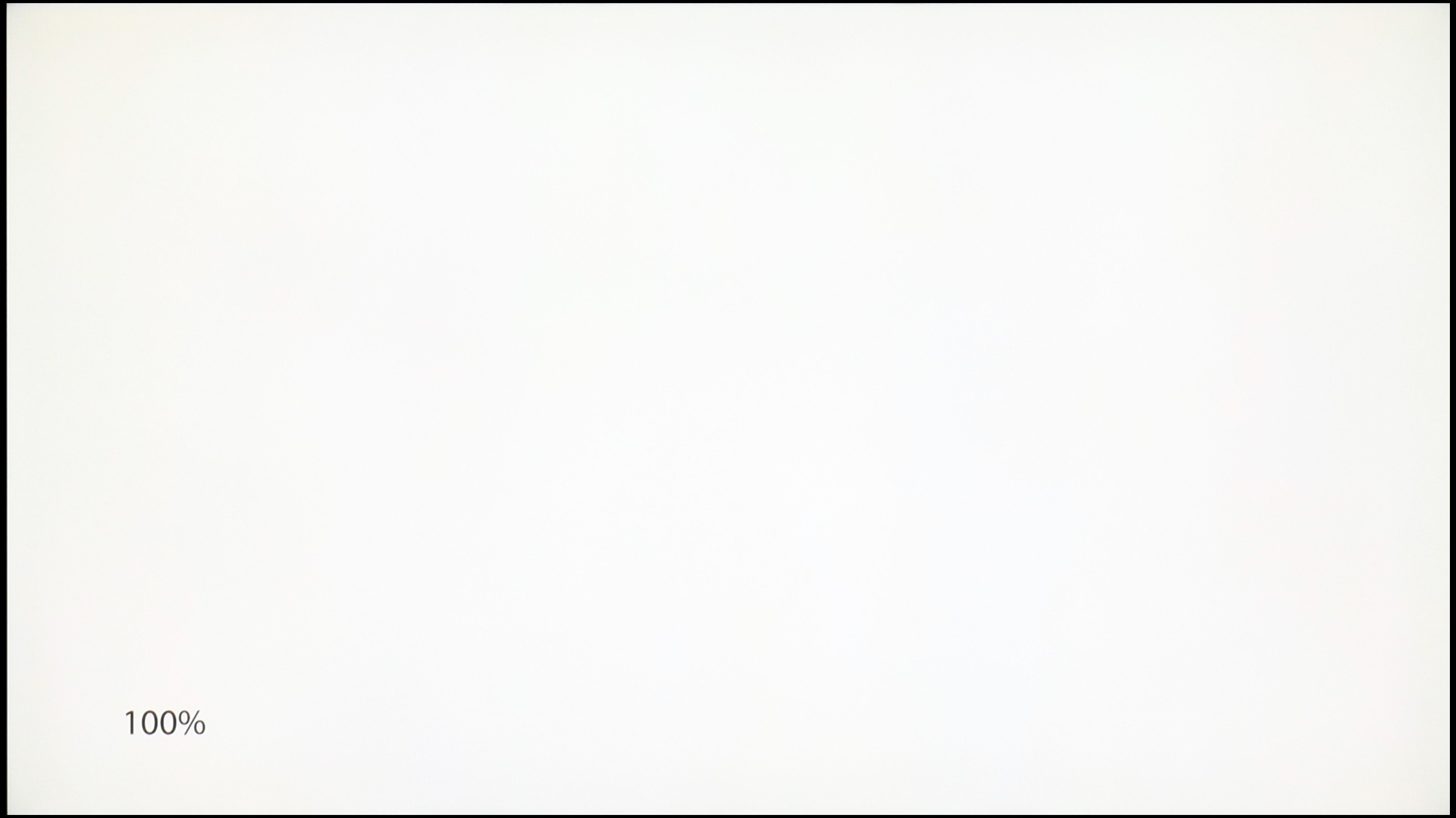
LG 55 B4
Hisense U7Q PRO
TV features
9/10
9.4/10
- HDMI inputs0 x HDMI 2.0, 4 x HDMI 2.1 48Gbps0 x HDMI 2.0, 4 x HDMI 2.1 48Gbps
- Other inputsRCA (Chinch)
- OutputsToslink (Optical audio), eARC (HDMI), ARC (HDMI)Toslink (Optical audio), eARC (HDMI), ARC (HDMI), Mini-Jack (Headphones)
- Network InterfacesWi-Fi 2.4GHz, Wi-Fi 5GHz, Ethernet (LAN) 100MbpsWi-Fi 2.4GHz, Wi-Fi 5GHz, Ethernet (LAN) 100Mbps
- TV receptionDVB-T, DVB-T2, DVB-S, DVB-S2, DVB-CDVB-T, DVB-T2, DVB-S, DVB-S2, DVB-C
Classic features:
- Recording to USB (terrestrial TV)
- Recording programming
- Picture in Picture (PiP)
- RF remote control (no need to aim at the screen)
- Backlit remote control
- Teletext
- Audio only mode
- Possibility to connect Bluetooth headphones to the TV
- Possibility to simultaneously use Bluetooth headphones and the TV speaker
Smart features:
- AirPlay
- Screen mirroring (Windows Miracast)
- Wyszukiwanie głosowe
- Voice search in native language
- Ability to connect a keyboard and mouse


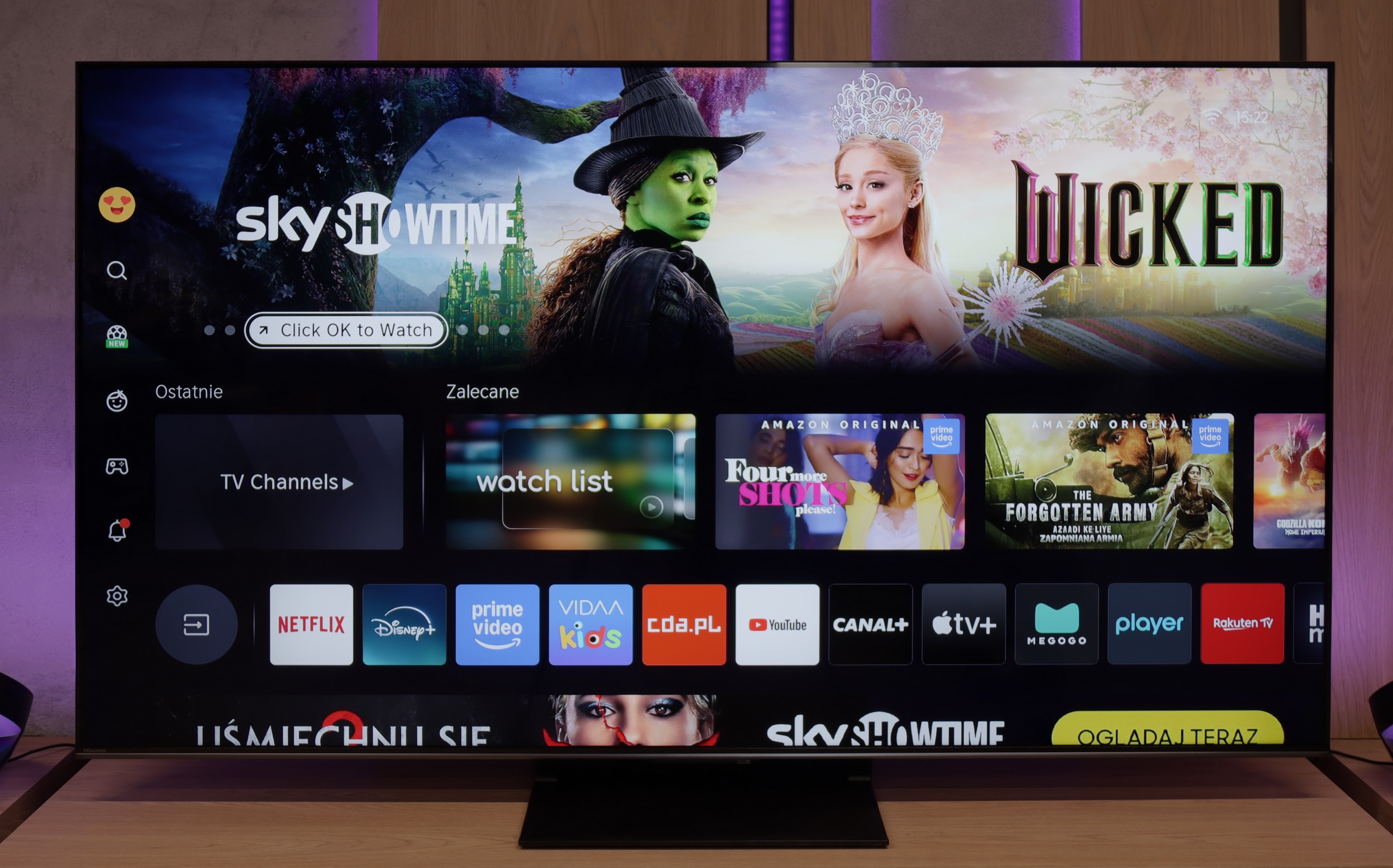
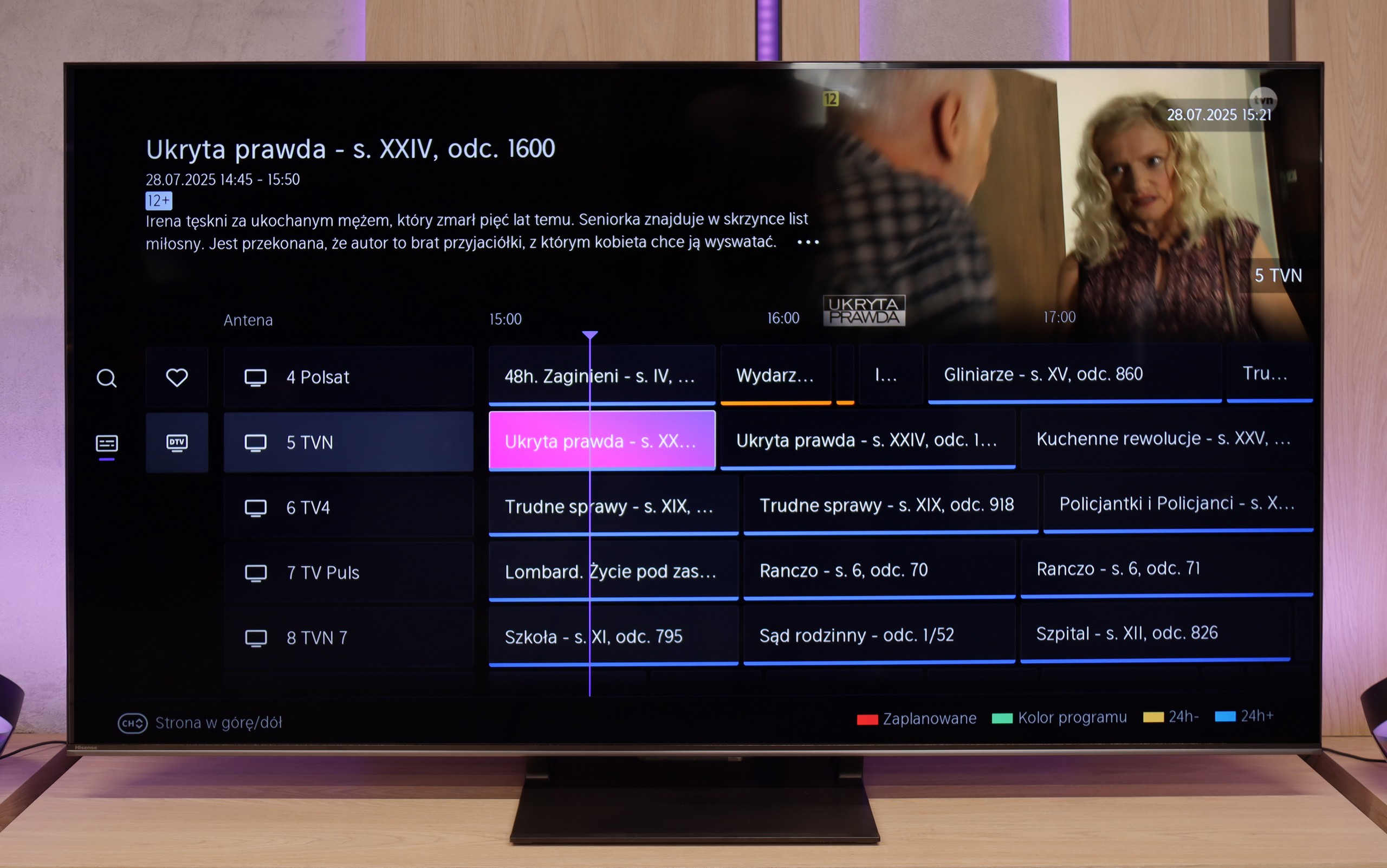
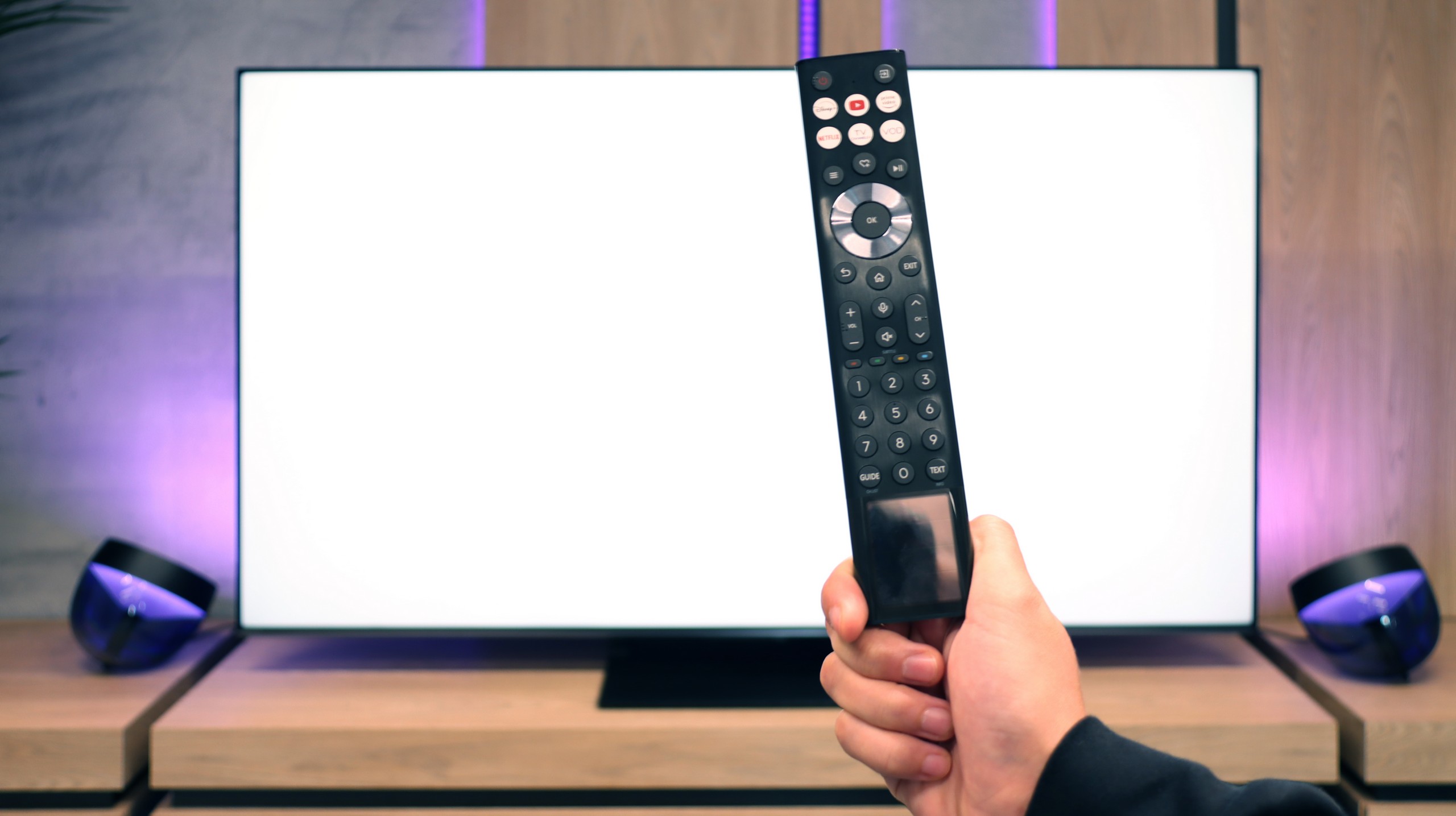

LG B4 uses the well-known proprietary WebOS system that has been around for many years. The system itself offers virtually all the most important applications, and those that are missing can be counted on one hand, such as CDA or KODI.
WebOS also features a highly valued ability to perform operations using a cursor that appears when the remote is in motion. The convenience of such a function is invaluable when entering queries or passwords for portals. WebOS, like most systems, also supports features such as screen mirroring, AirPlay, voice search in Polish, and the ability to connect headphones via Bluetooth. More down-to-earth things, WebOS allows us to use headphones and the TV's speakers simultaneously, which will surely be a great assistance for people with hearing disabilities. Among the more interesting features that will primarily appeal to sports fans, there is the option to turn on an alert informing about an upcoming match, ensuring that we never miss a broadcast. The home panel also deserves praise, allowing control of all smart devices connected to the home network. For example, the end of a washing cycle will be signalled by a notification in the top right corner.
In summary, the WebOS system, although less known and having certain limitations compared to Android TV, offers stable and fast operation and supports most features that users might need. It is a solid solution for those looking for a simple and effective operating system in a television.
Classic features of U7Q PRO
If you plan to use the television in a more "classic" way, that is, for watching daily programs or connecting headphones, the Hisense U7Q PRO has almost everything you could expect. The television easily supports recording to USB, you can connect headphones via Bluetooth, and the remote control is backlit, which is still not standard even in more expensive models. While many people today are foregoing these classic features in favour of streaming apps, it's good to know that the U7Q PRO still does this well and without compromises (aside from the lack of PiP functionality).
SmartTV System: Vidaa
When it comes to smart features, in Europe this model runs on the VIDAA system. The system operates smoothly, has a built-in web browser, supports voice control (also in Polish), and includes AirPlay, which will please users of Apple devices. However, it should be noted that VIDAA is a closed system, so you won't find all the popular apps that we've become accustomed to with Android TV or Google TV. Before purchasing, it's worth checking whether the apps you actually use are available.
Playing files from USB
8.5/10
8.2/10
Supported photo formats:
Maximum photo resolution:

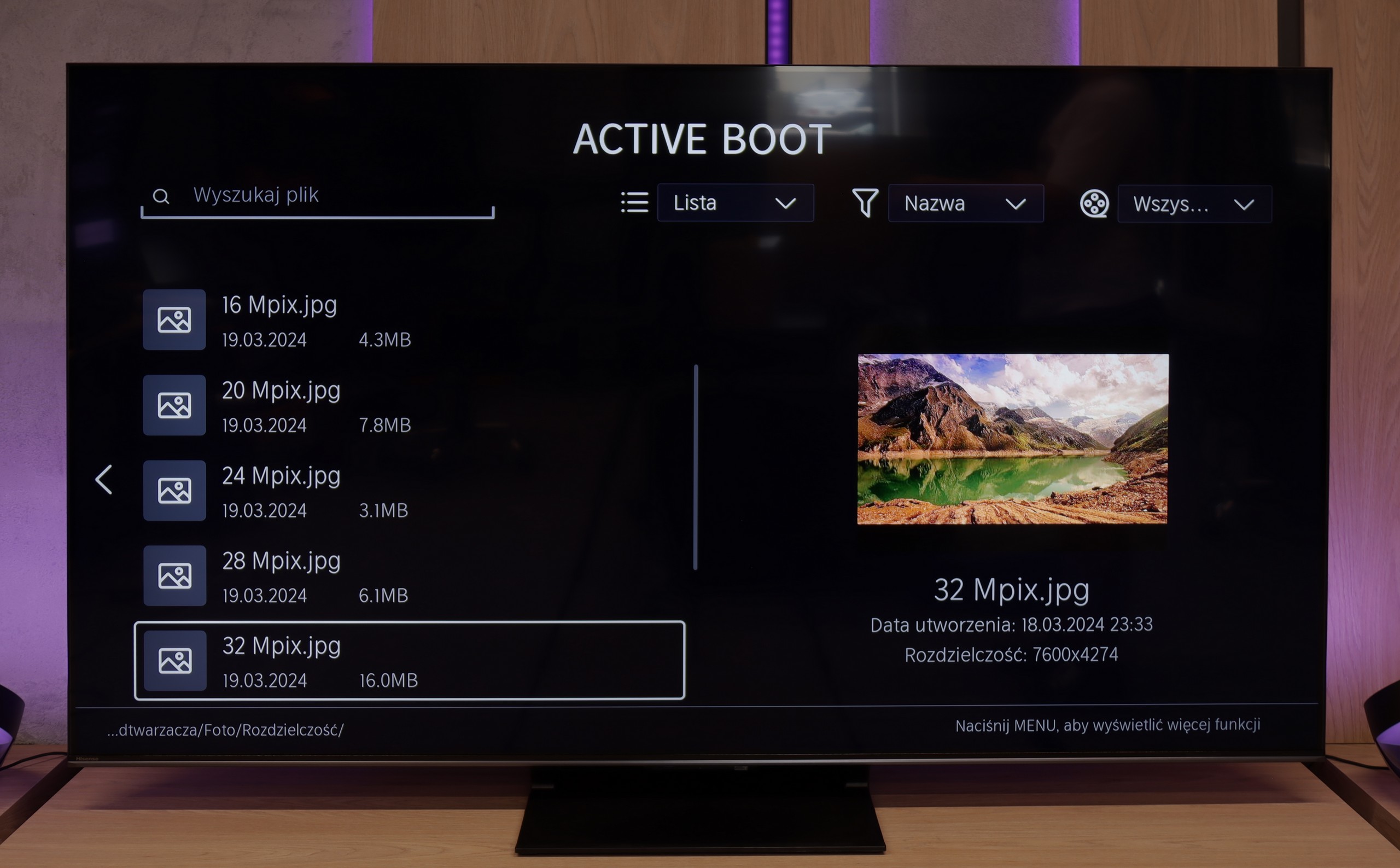
The default file player in LG B4 definitely handles most photos quite well, although it's surprising that some equally popular ones are missing. We can successfully play videos recorded in practically all the most popular formats, including Dolby Vision. The only codec that LG B4 won’t play is H.266 VVC, although this is currently rather unused. However, it’s worth noting the supported photo formats, which are just two: JPEG and PNG. Apple phone users may feel disappointed by the lack of support for the HEIC format, which is the default format when taking photos. The remedy for this is to use the built-in AirPlay feature. We should also mention the lack of TXT subtitle support.
The built-in media player in the VIDAA system worked very efficiently and seamlessly on our U7Q PRO unit. The television had no trouble reading external video and audio files, as well as subtitles, making it convenient to watch movies from a USB drive or external hard drive. Most popular formats worked flawlessly, so there was no need to convert anything. The only complaint is a certain selectiveness in handling high-resolution images – not all of them opened. Therefore, you will find a detailed list of supported image resolutions (Mpix) in our comparison table.
Apps
8.7/10
7.7/10














































Sound
7.1/10
7.8/10
- Subjective sound quality:7.1/107.8/10
- Dolby Digital Plus 7.1:
- Dolby True HD 7.1:
- Dolby Atmos in Dolby Digital Plus (JOC):
- Dolby Atmos in Dolby True HD:
- DTS:X in DTS-HD MA:
- DTS-HD Master Audio:
The audio system built into the LG OLED B4 can be considered quite decent. We can say that it holds up fairly well in its price range. The bass is quite noticeable, but it doesn't overpower the other frequencies. It can be said that the sound is reasonably well balanced. We believe that those opting for this class of display are, or will be, in possession of an appropriate audio system. Therefore, the presence of DTS-HD Master Audio and Dolby Atmos codecs is not insignificant.
For built-in TV speakers, the U7Q PRO sounds surprisingly good. The audio is clear, with distinct mid and high tones, and while the bass is somewhat limited, it doesn’t completely disappear. One could say that for "TV speakers," the level is more than satisfactory. However, it’s worth noting that in our test unit, we couldn't play DTS:X audio from local files – the TV simply doesn’t support it. This means that if you’re counting on a cinematic surround effect solely from its built-in speakers, there might be a bit of a letdown. Thankfully, the TV seamlessly transmits DTS signals to an external amplifier, so if you have a home theatre – just connect it up and everything works as it should.


